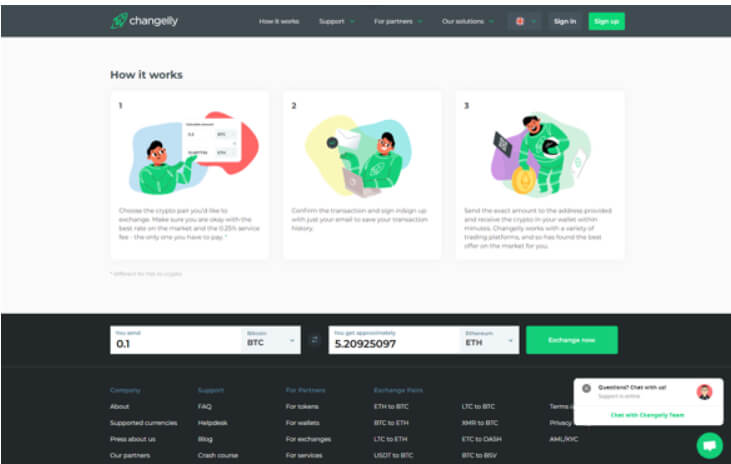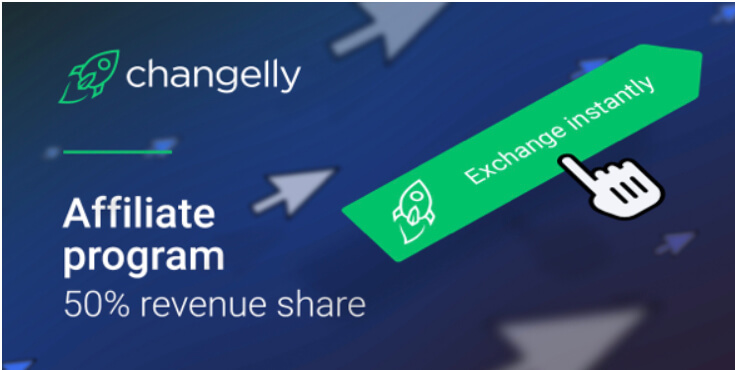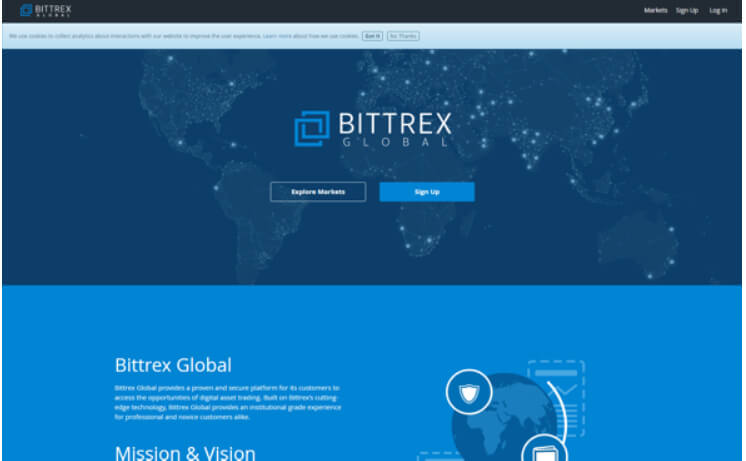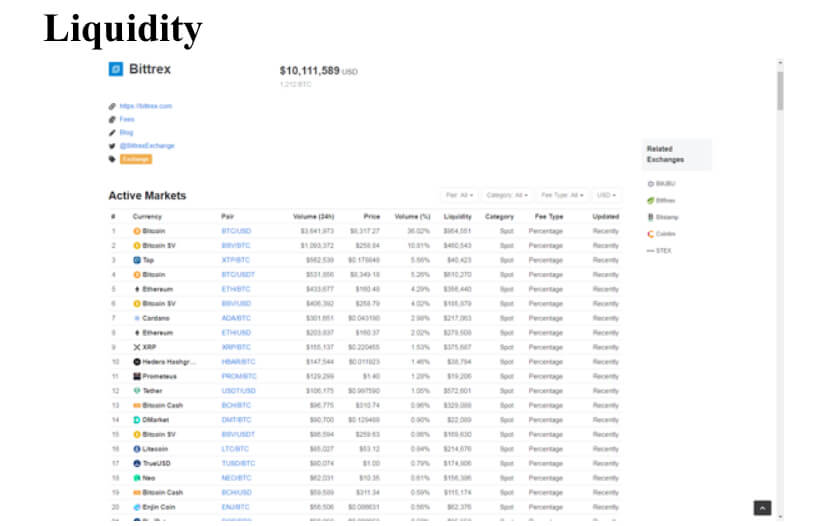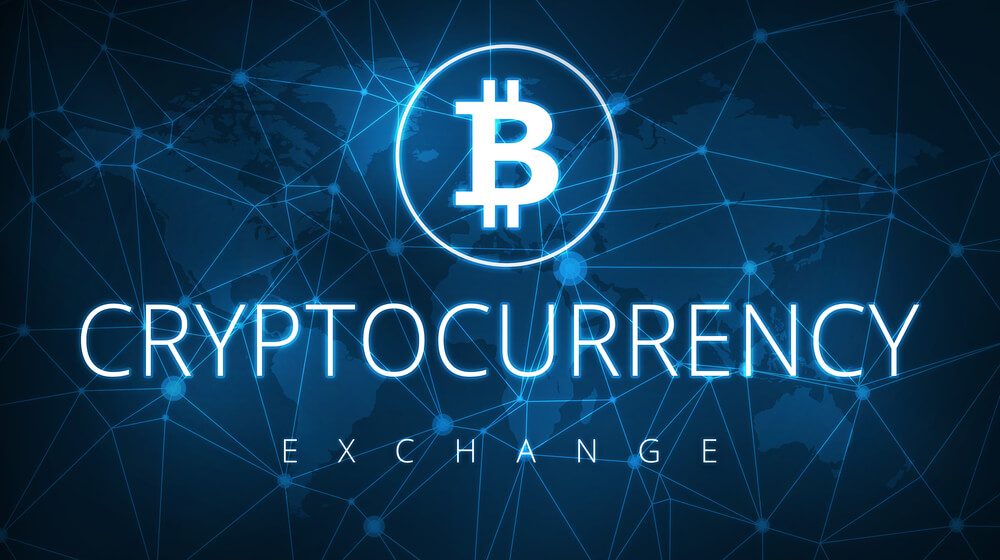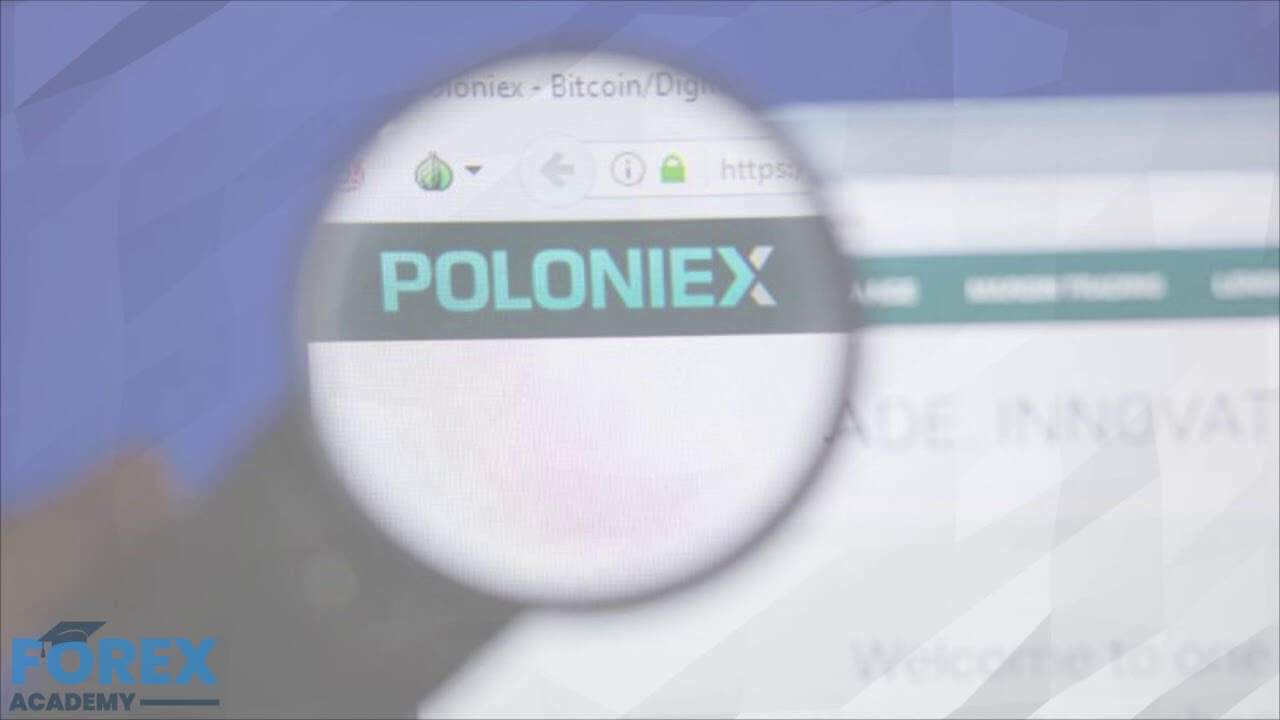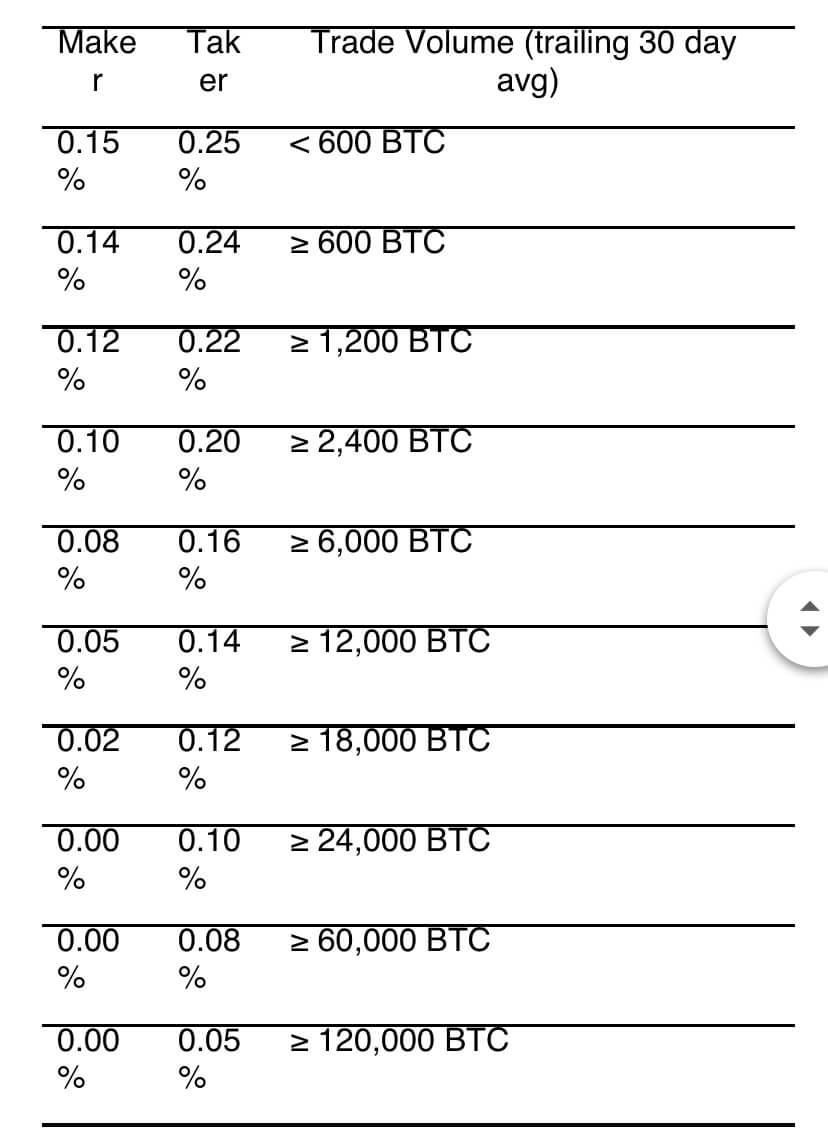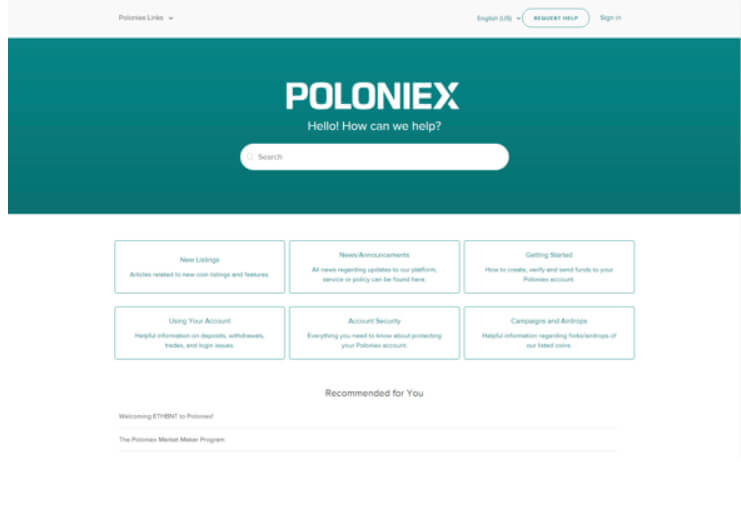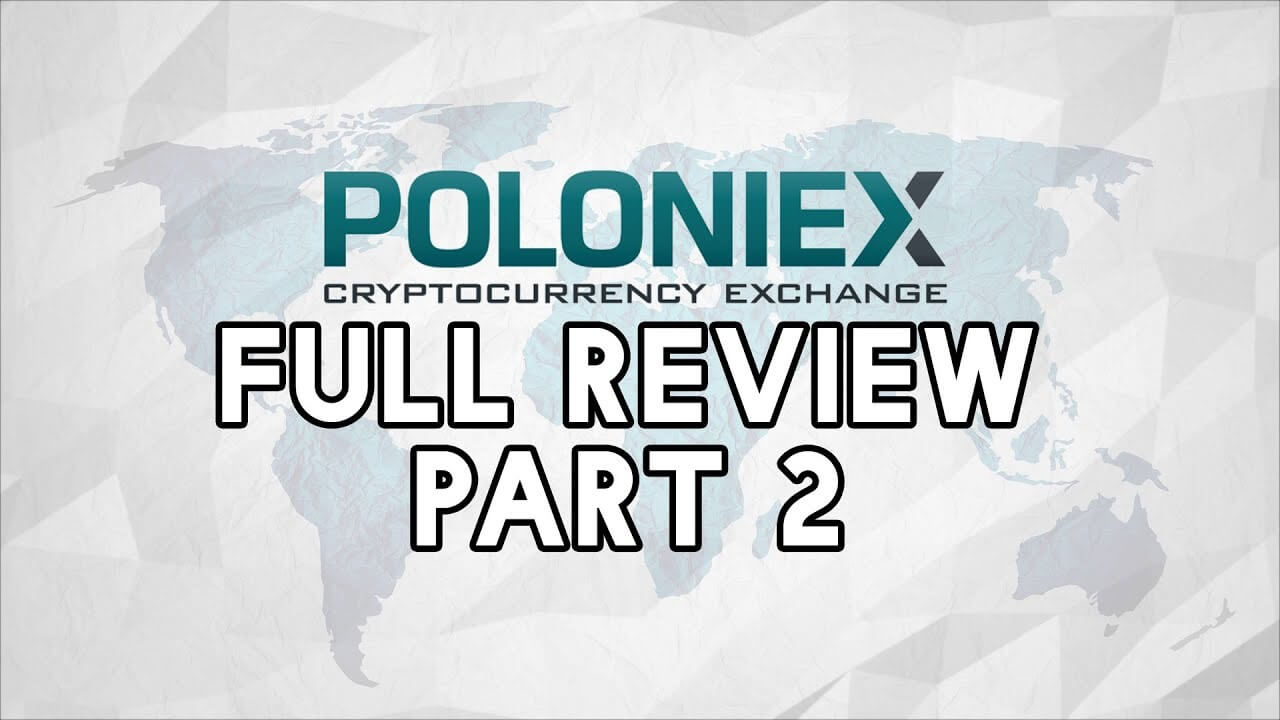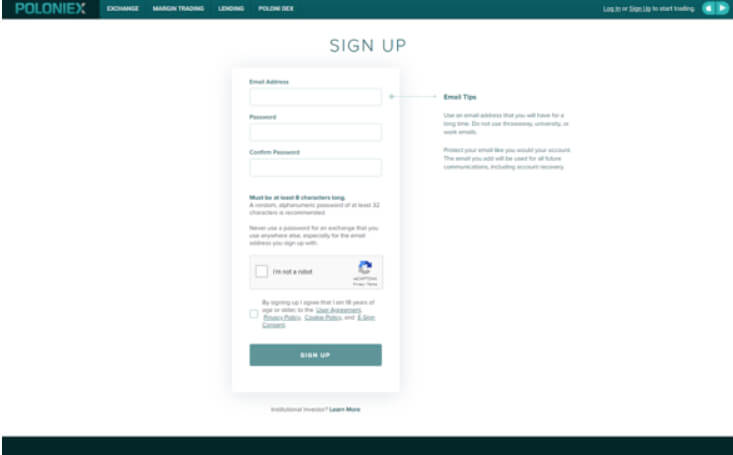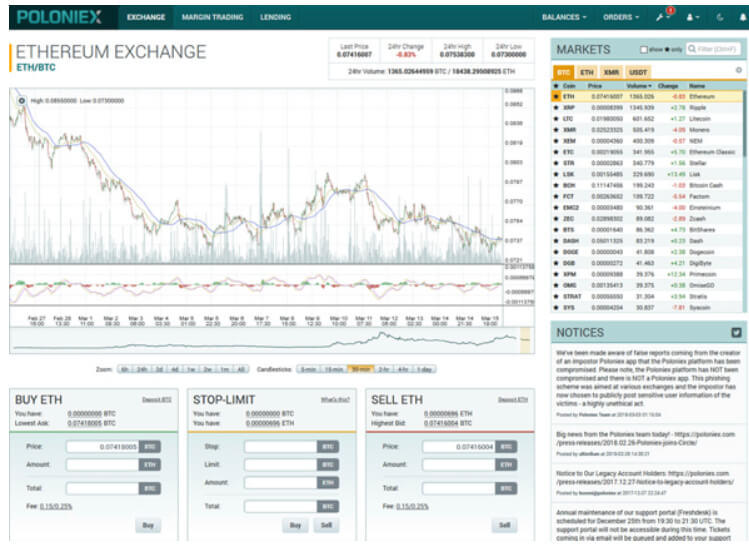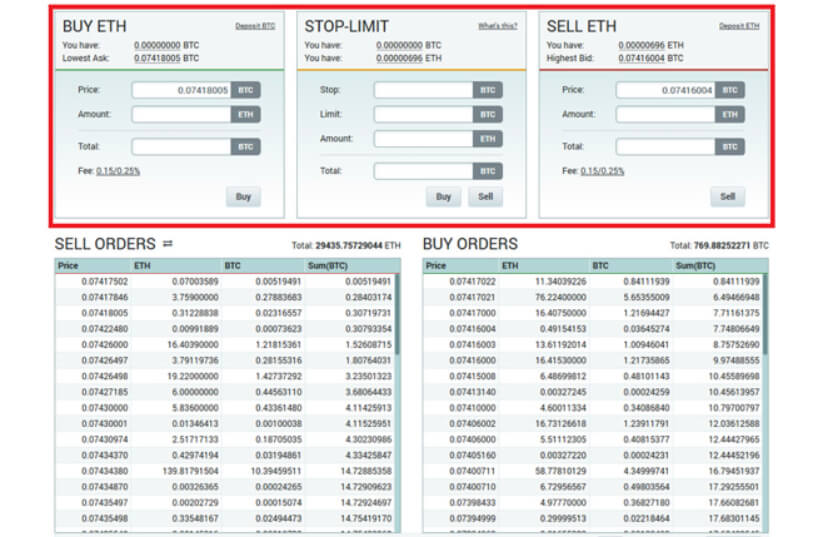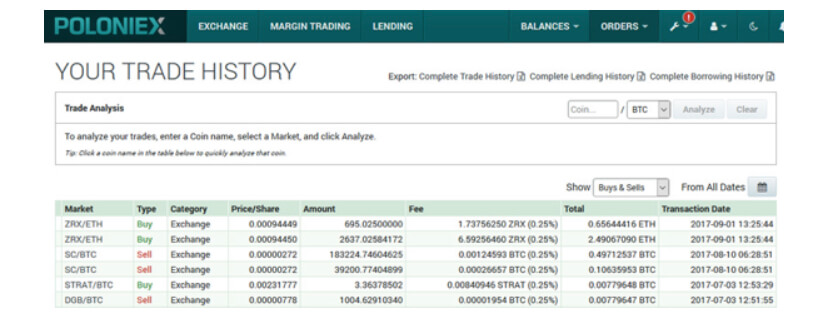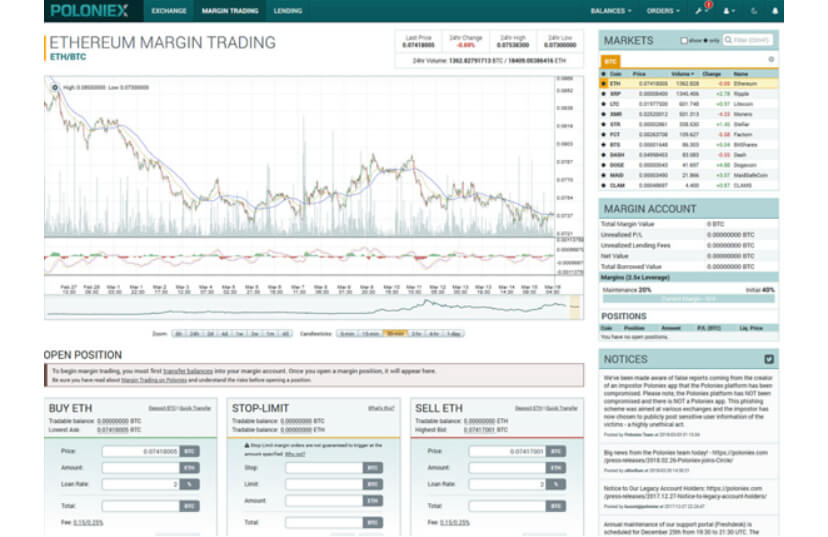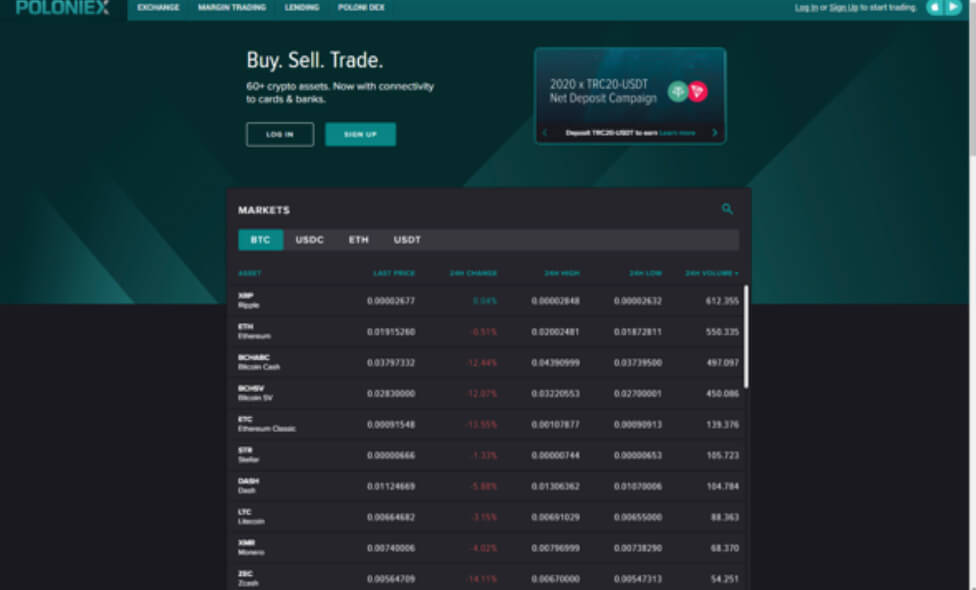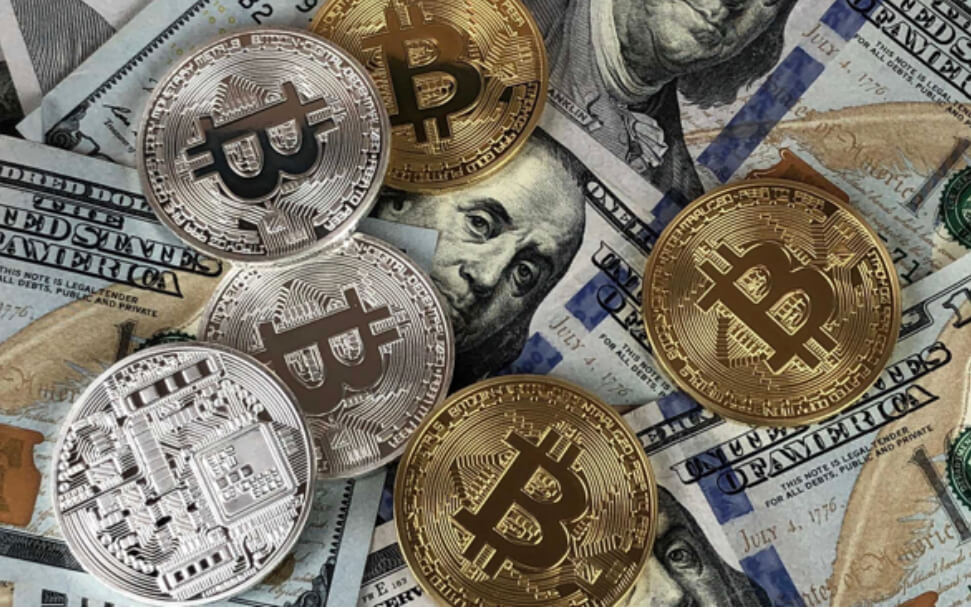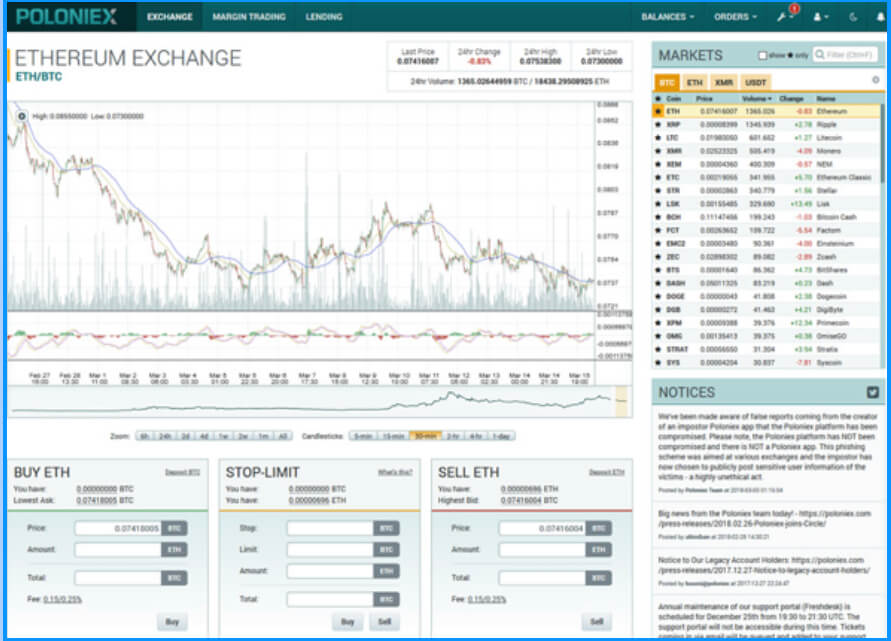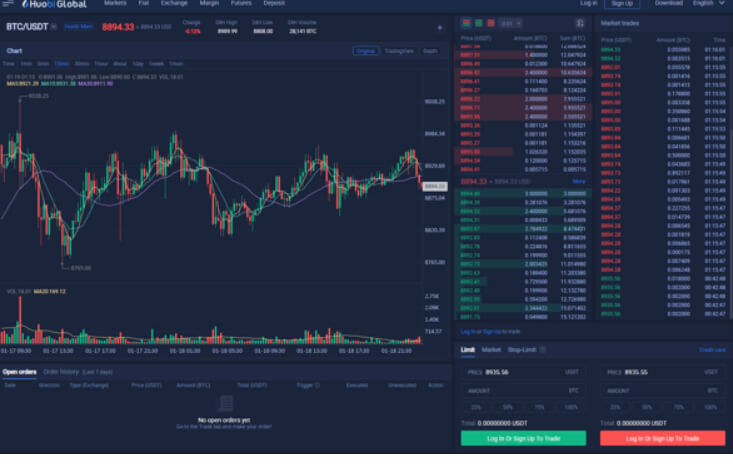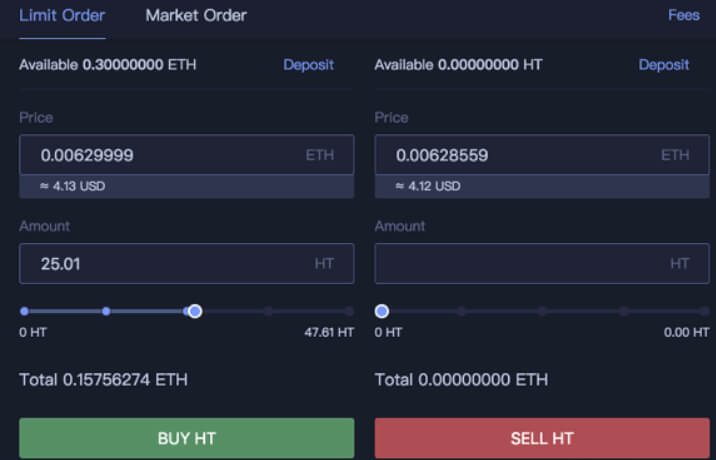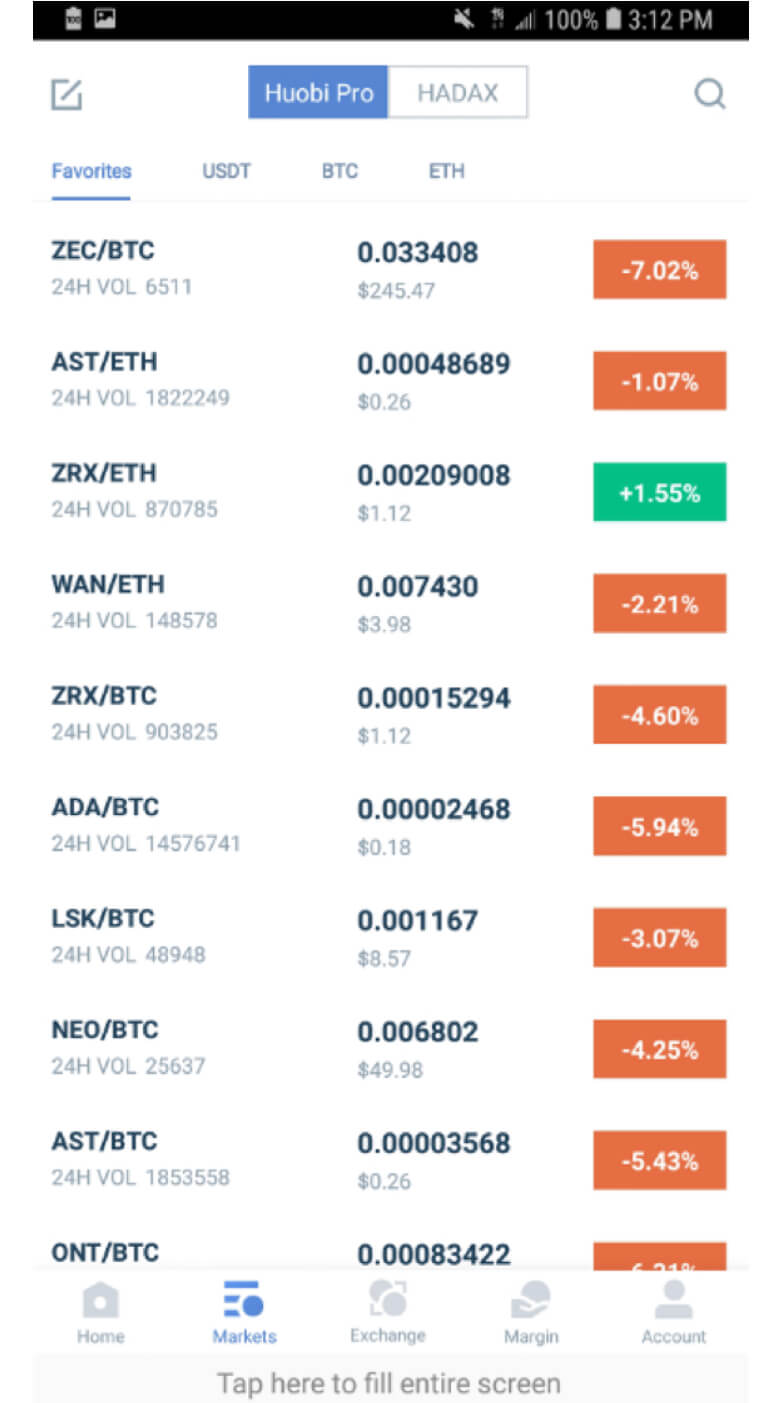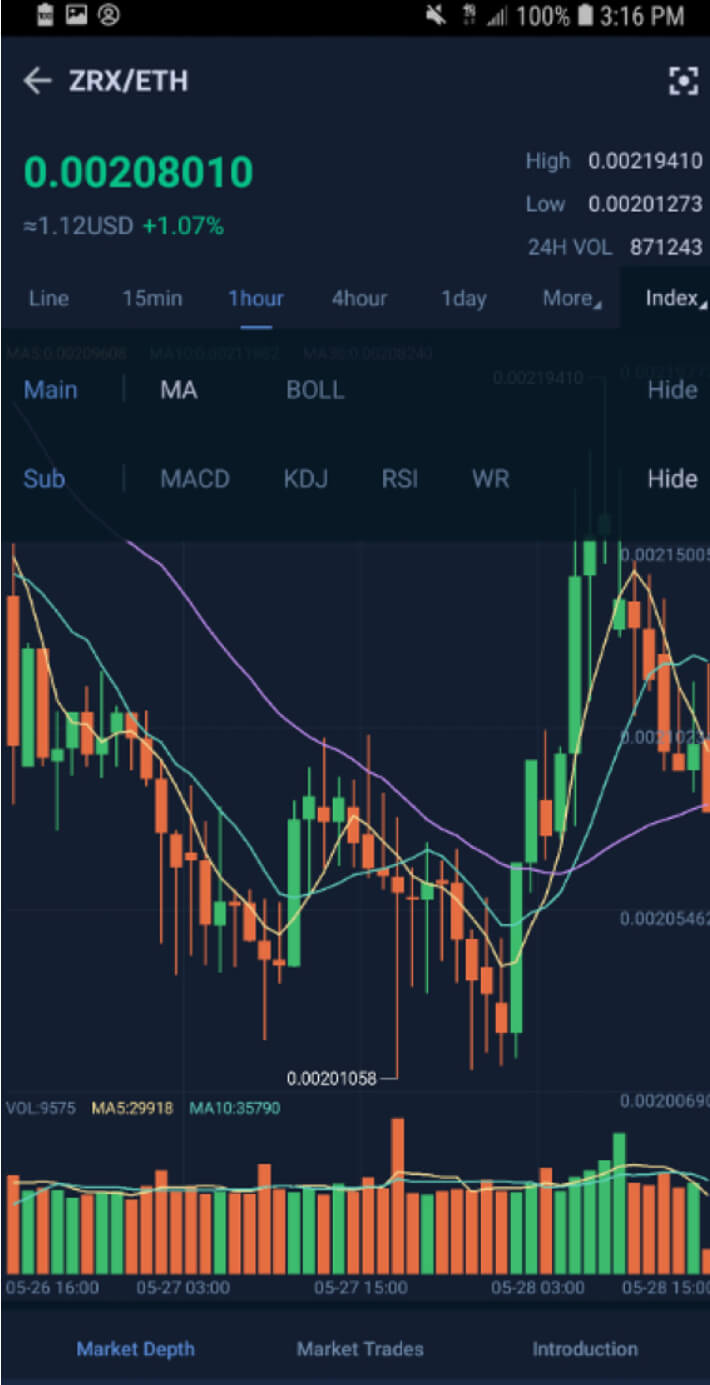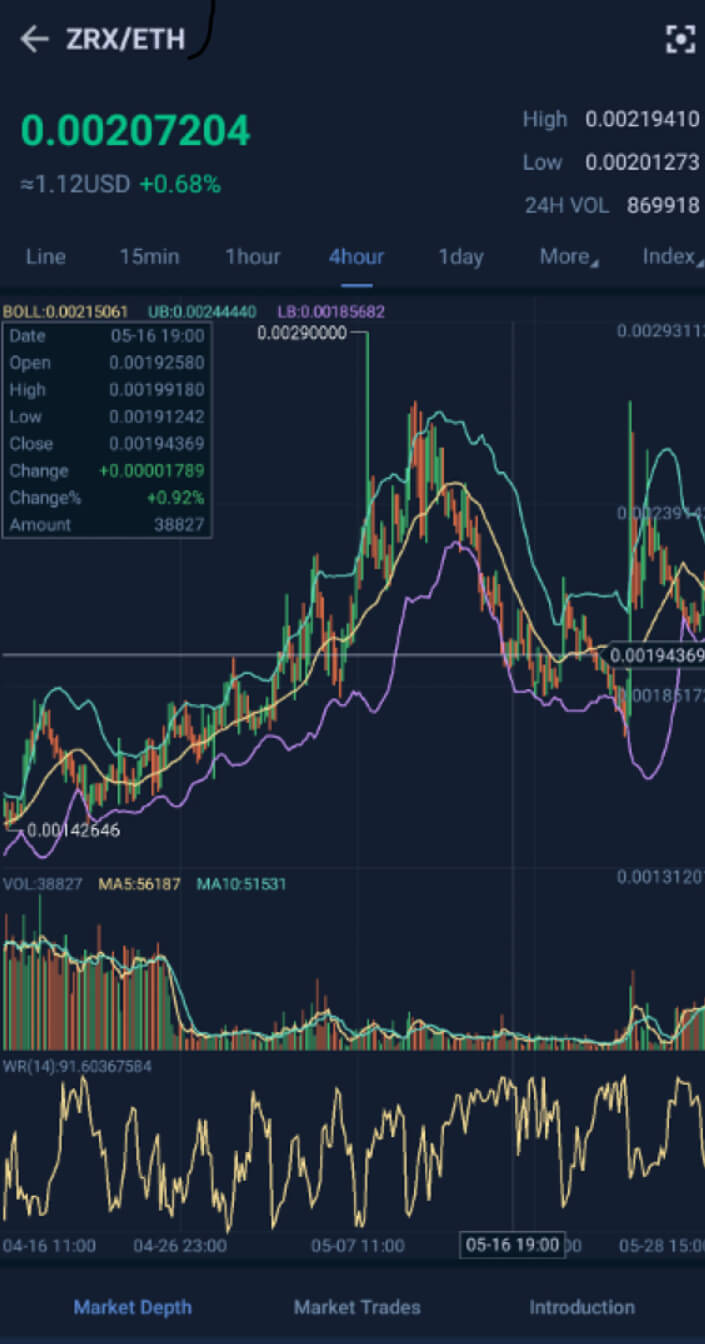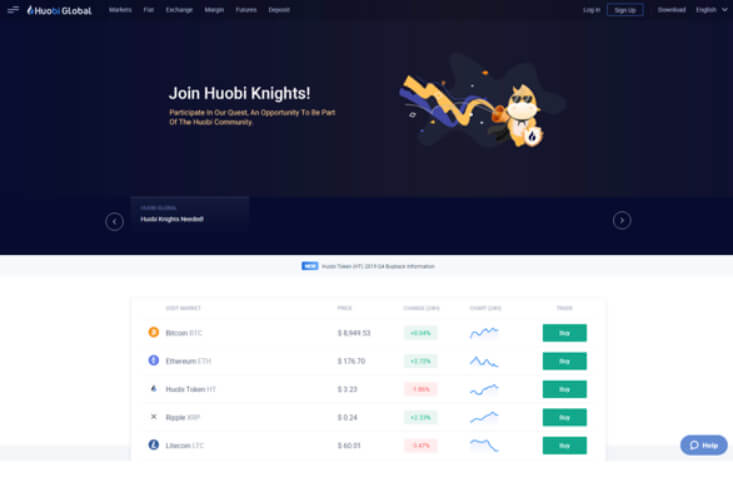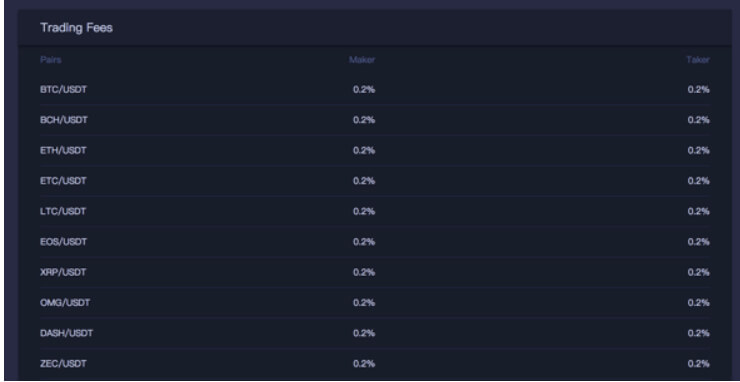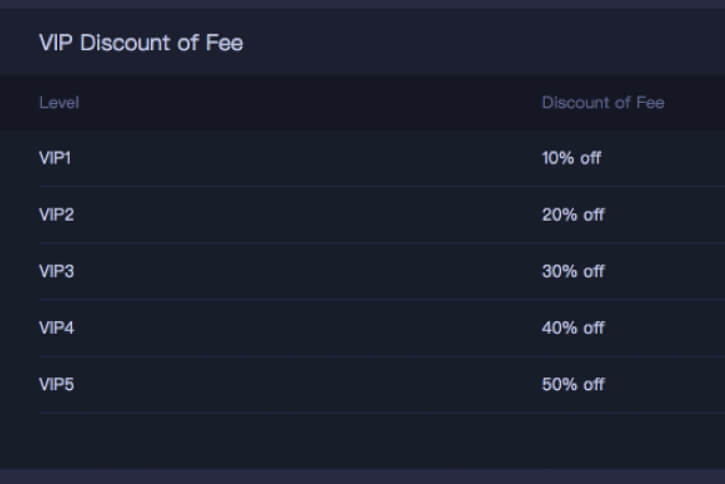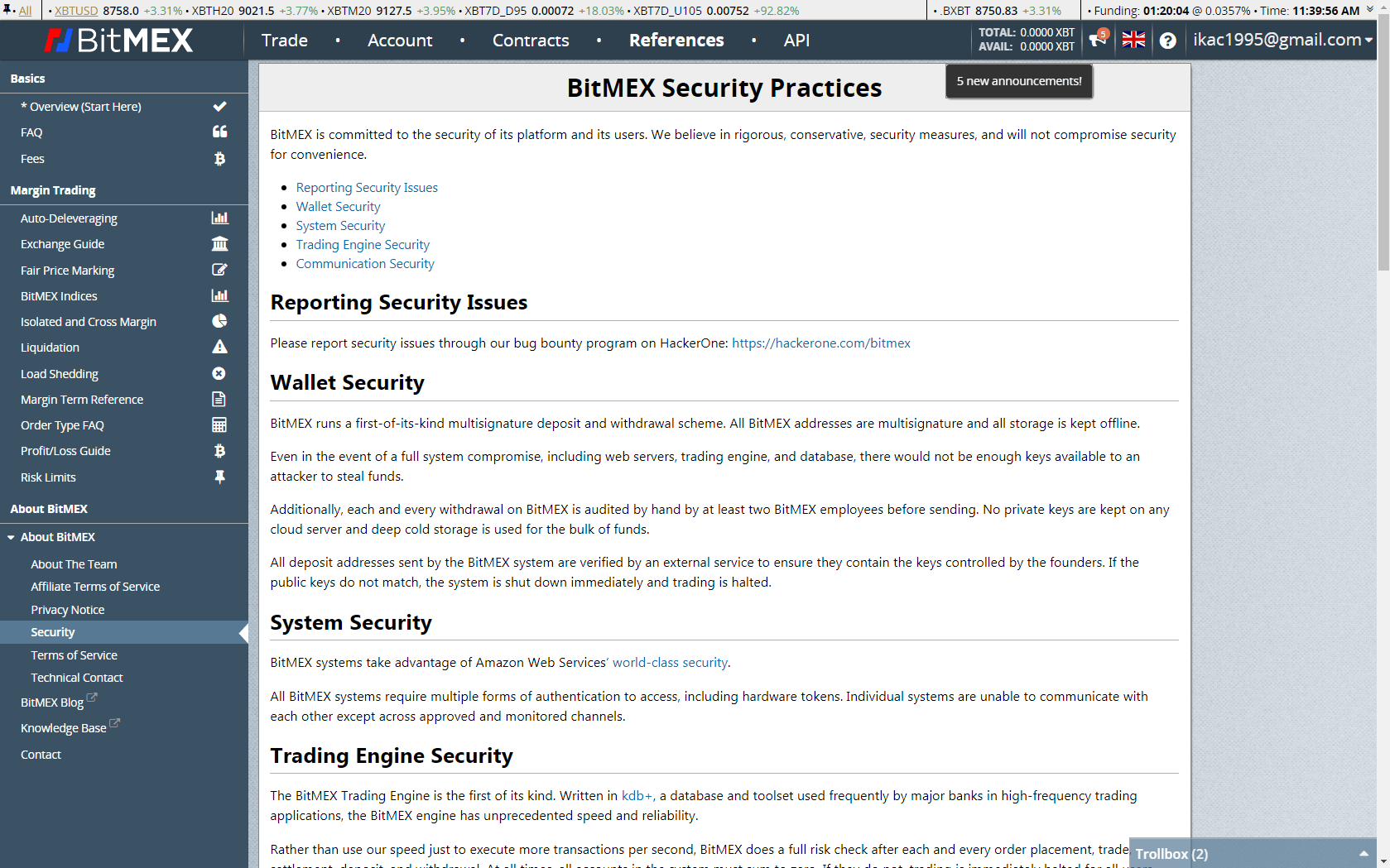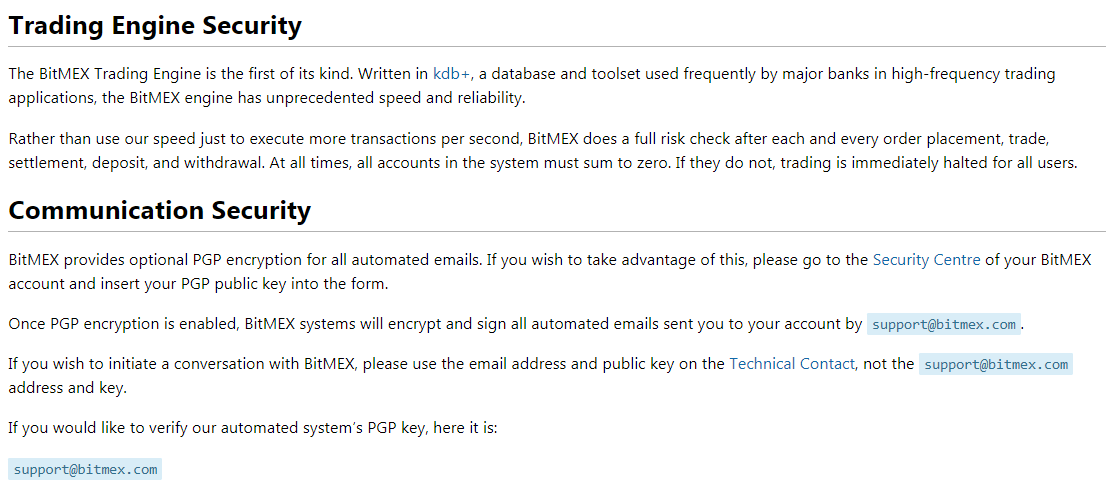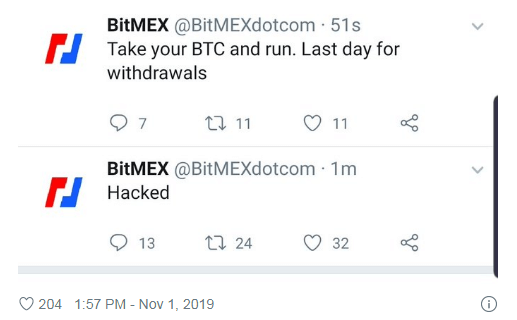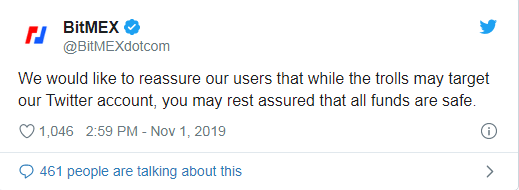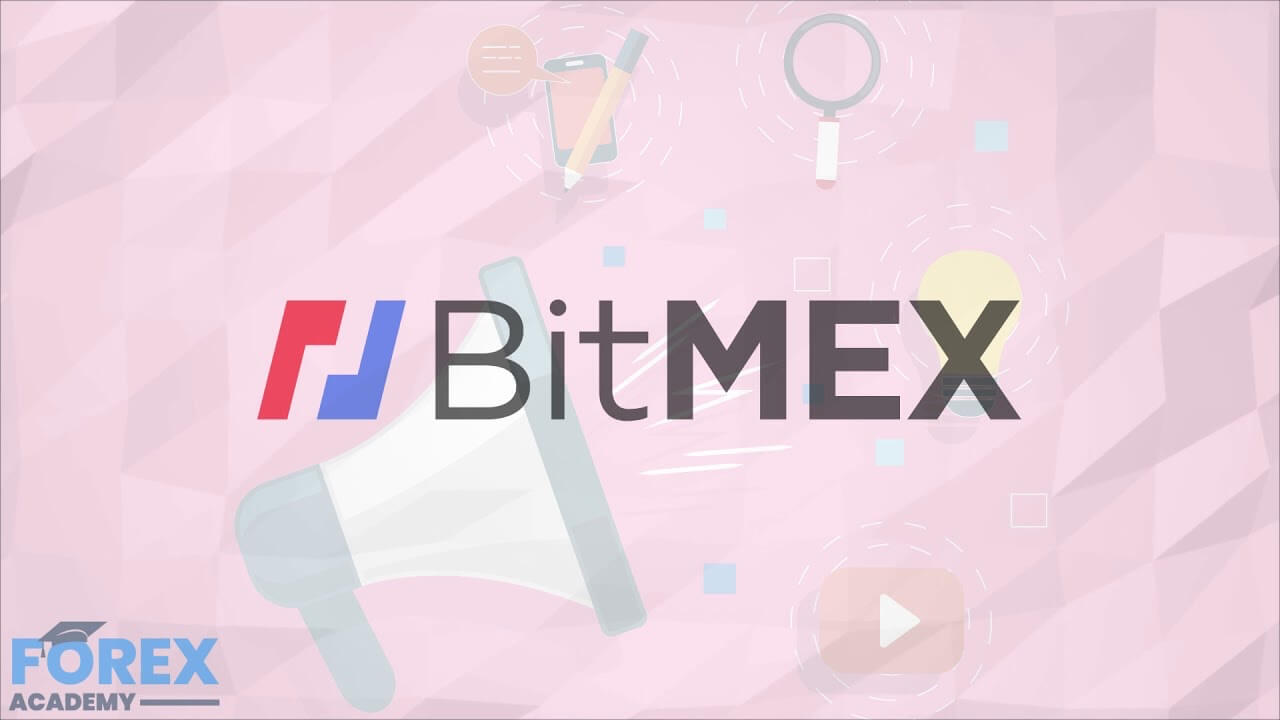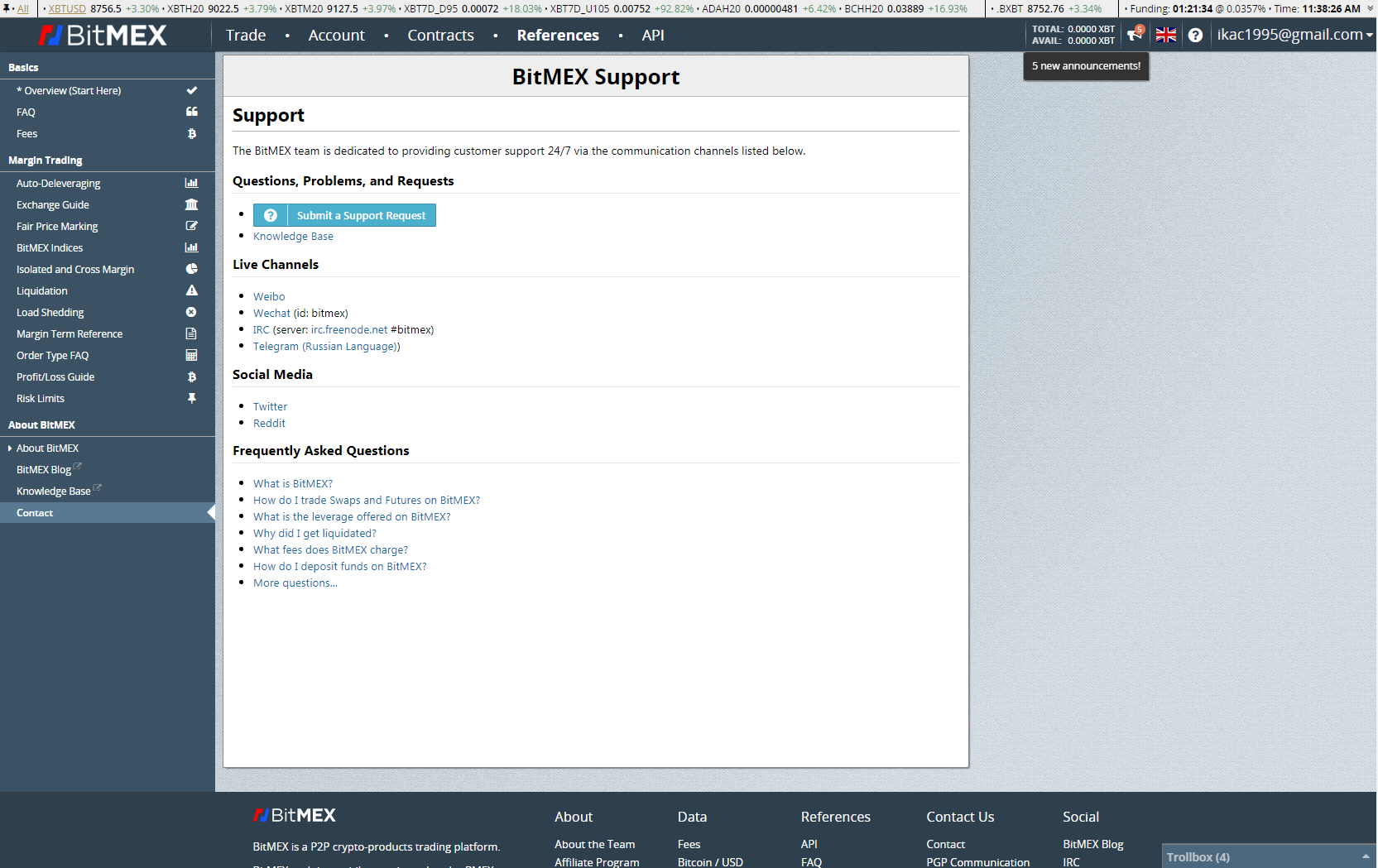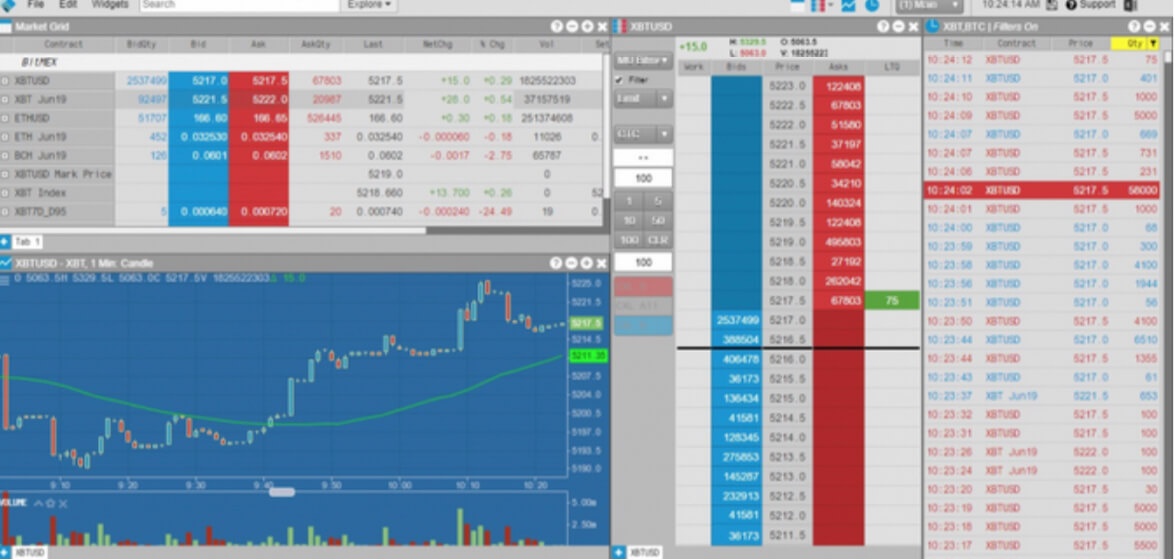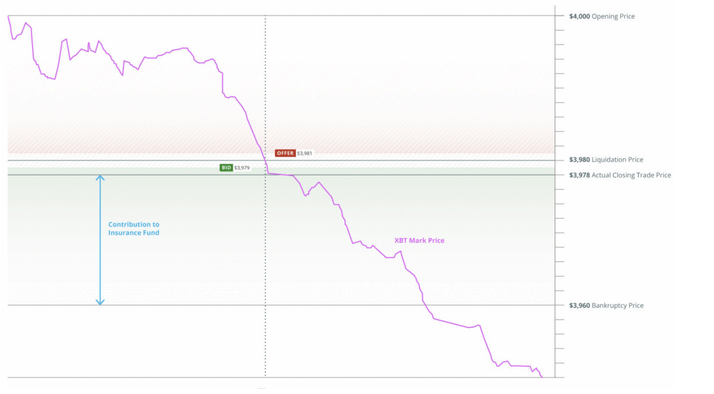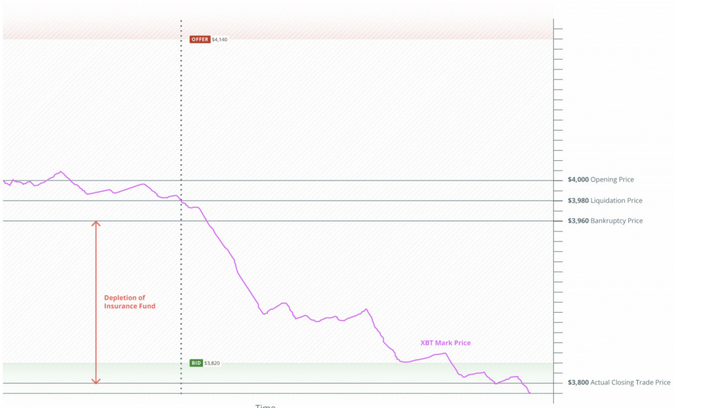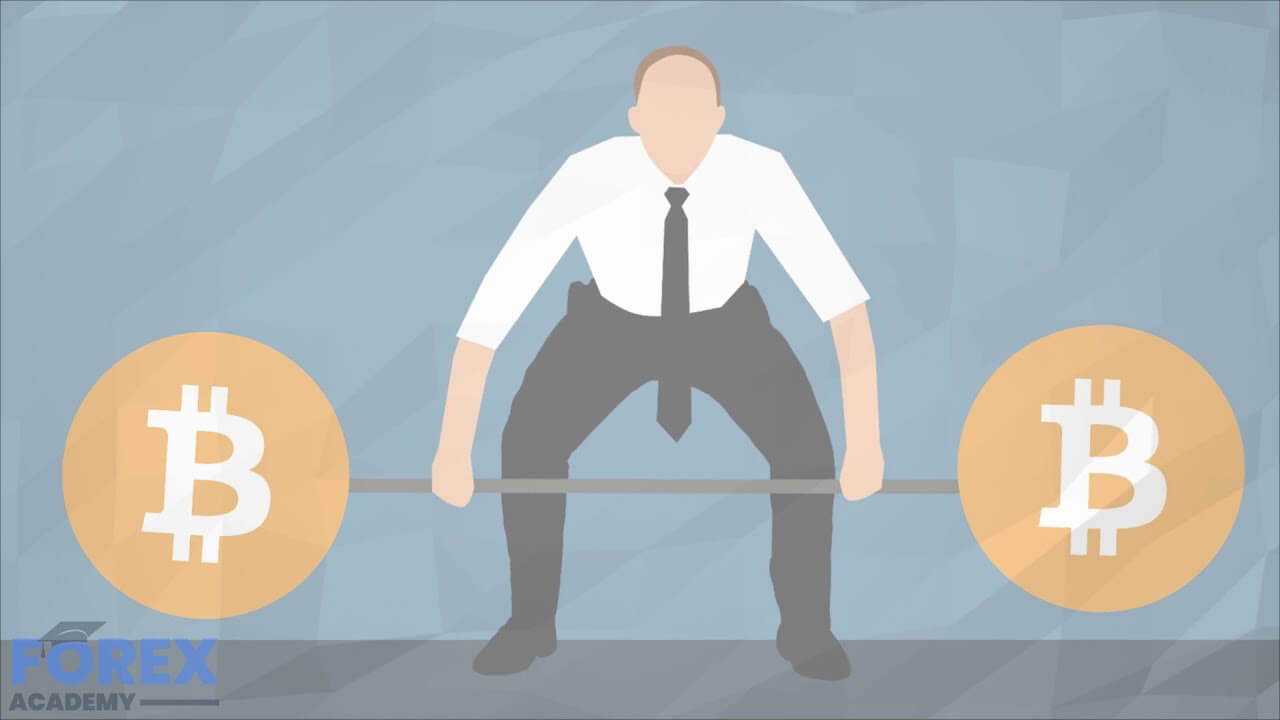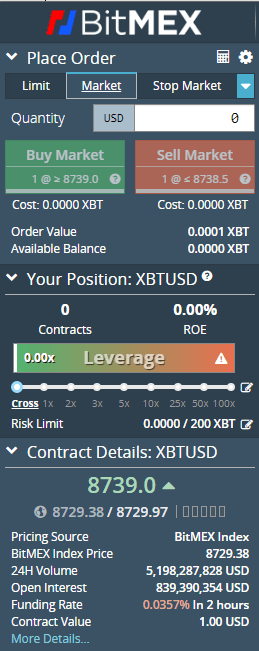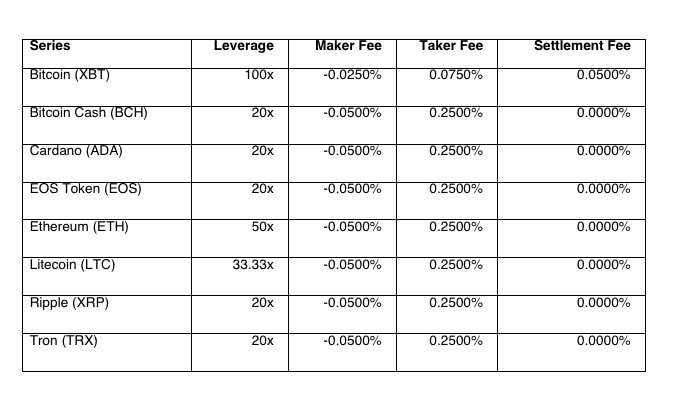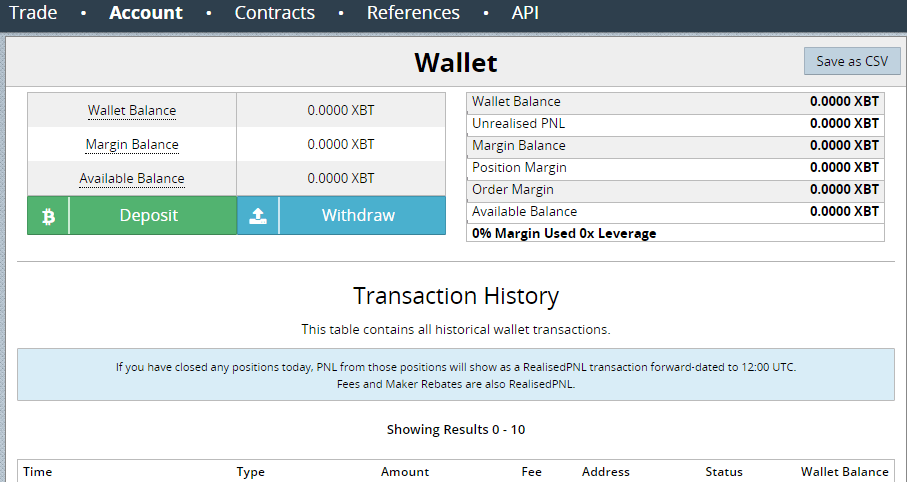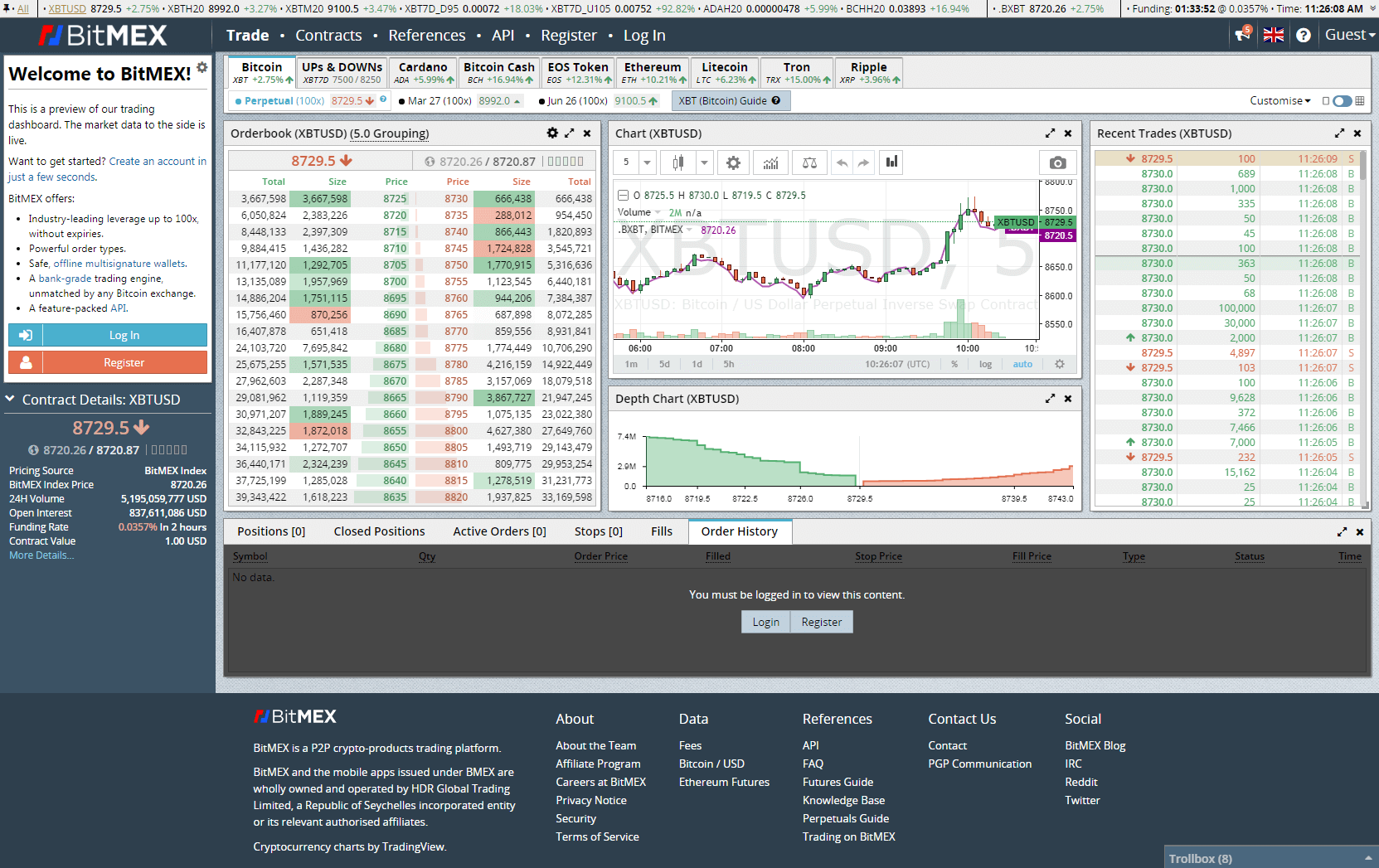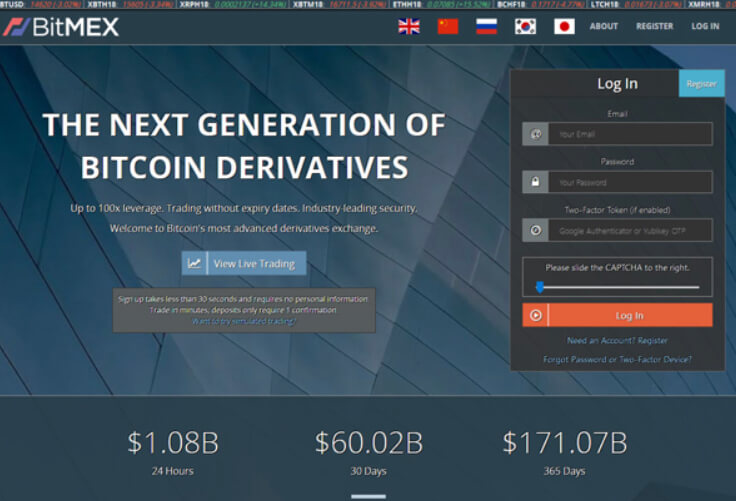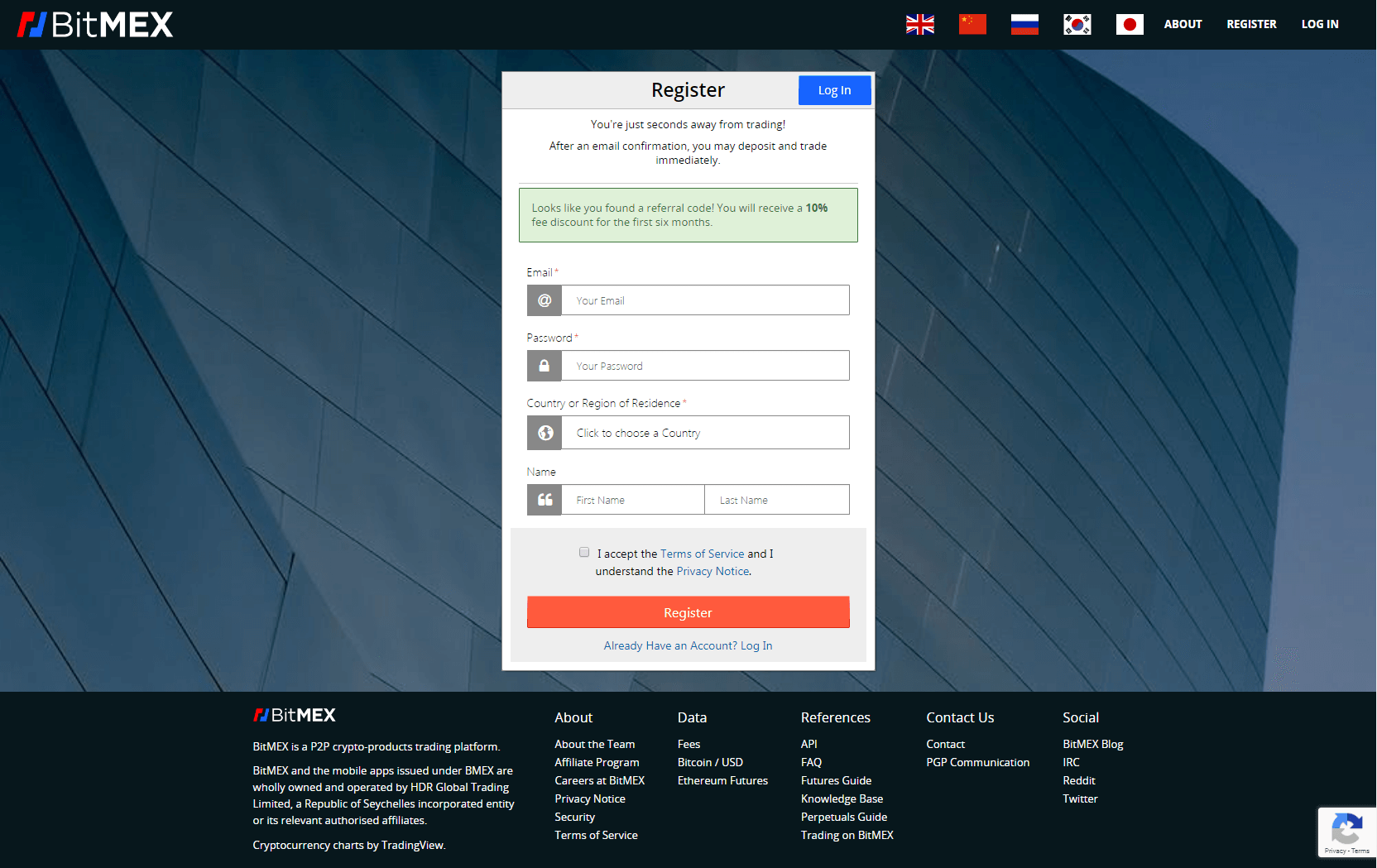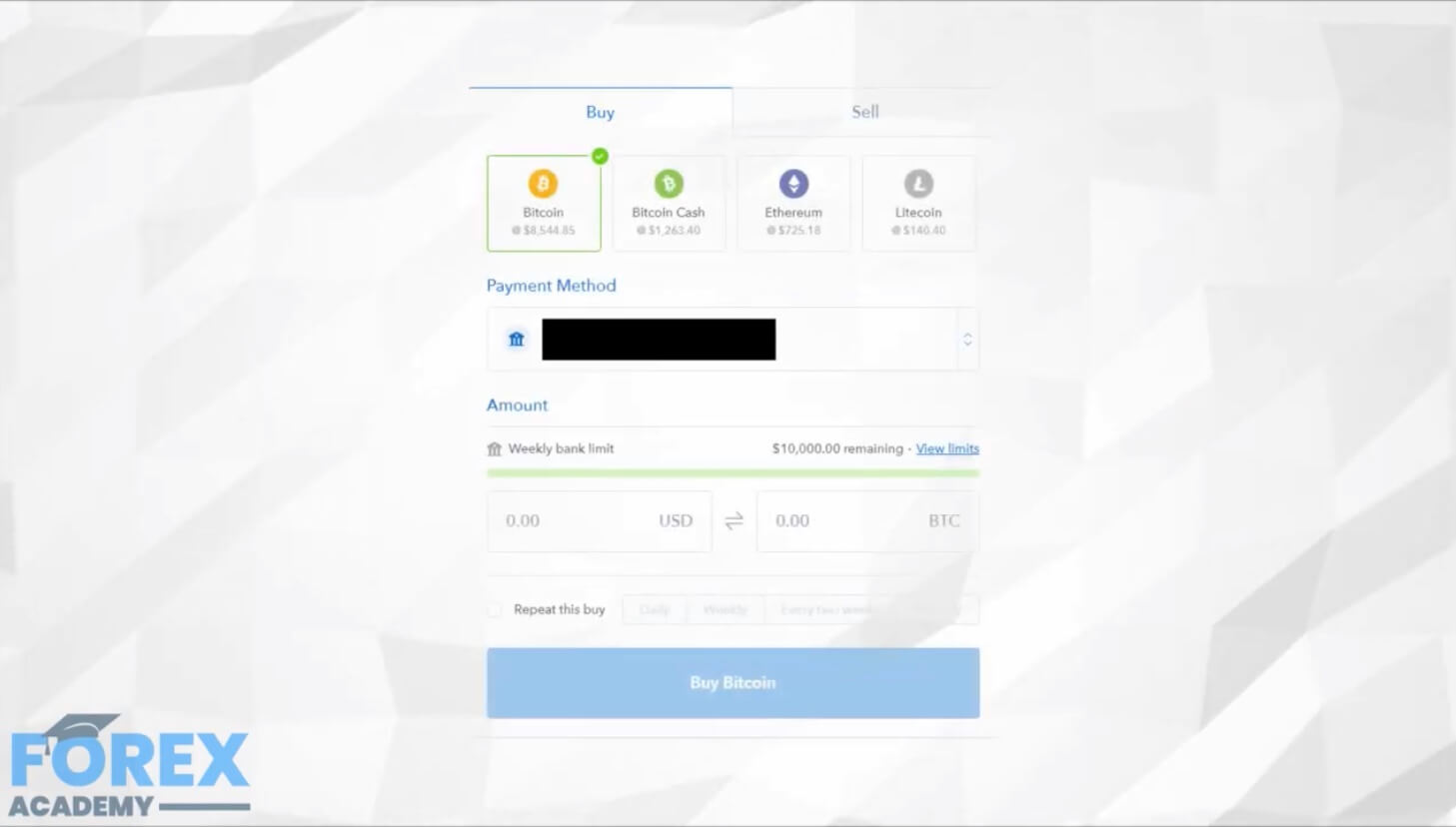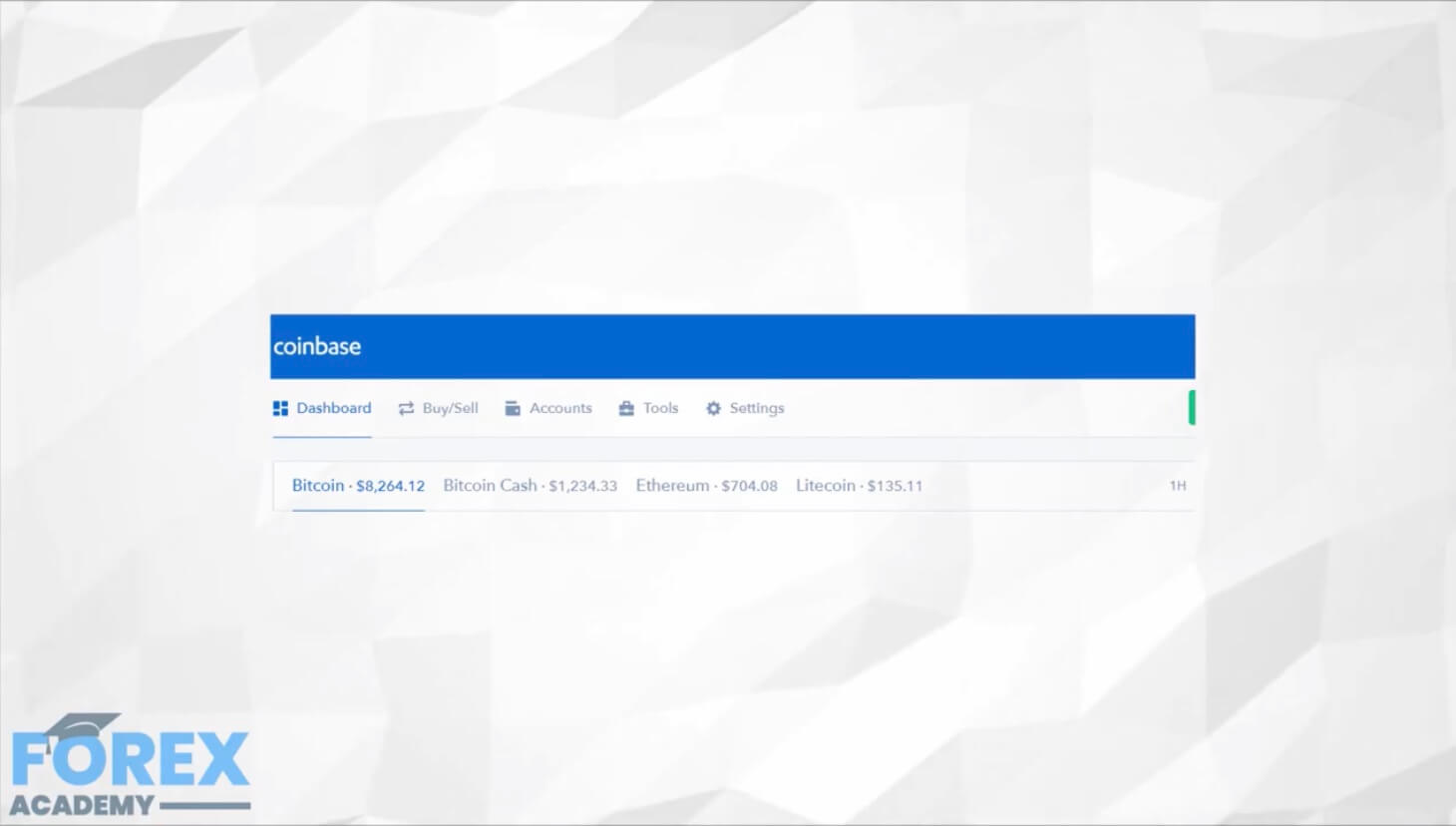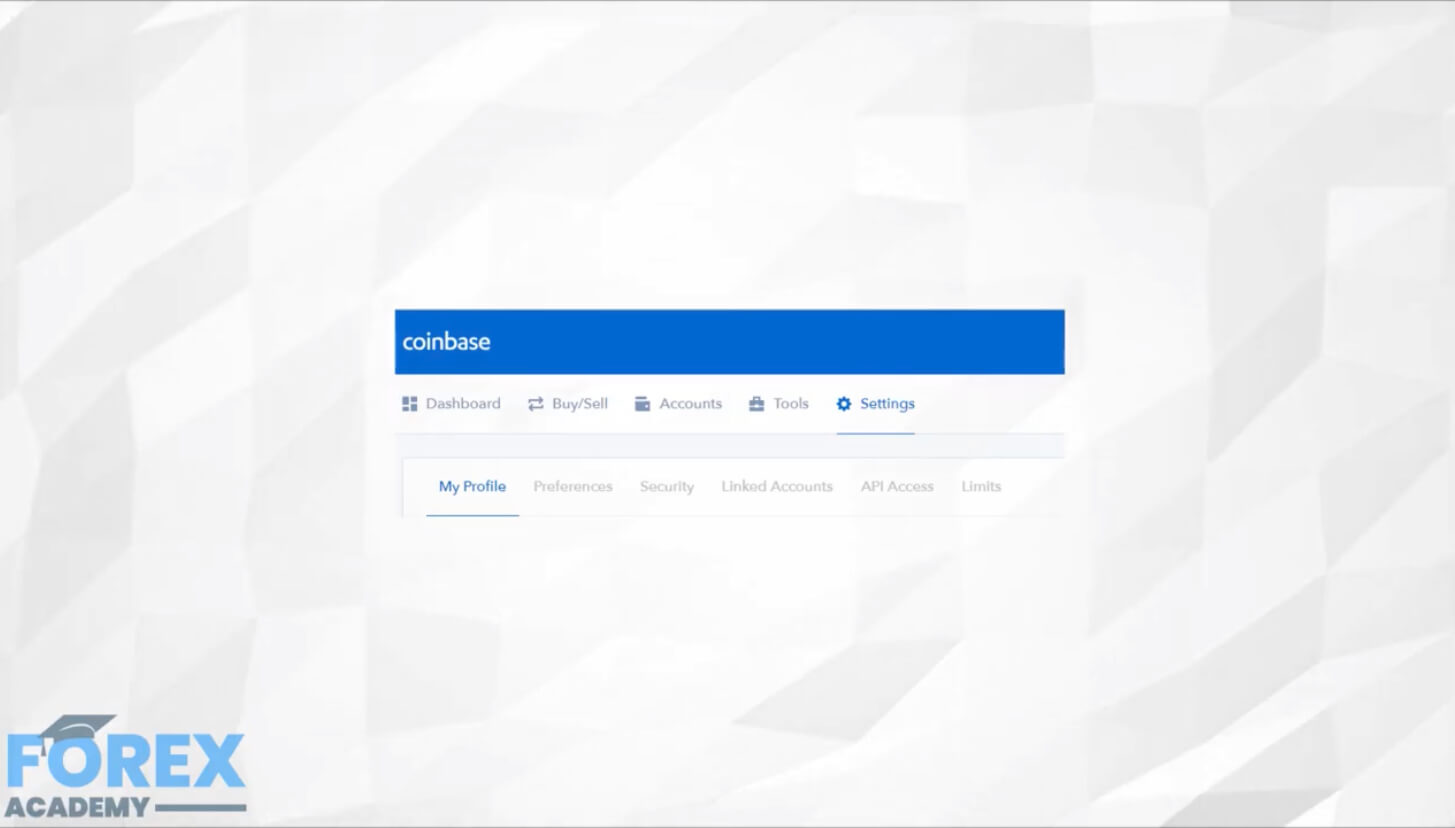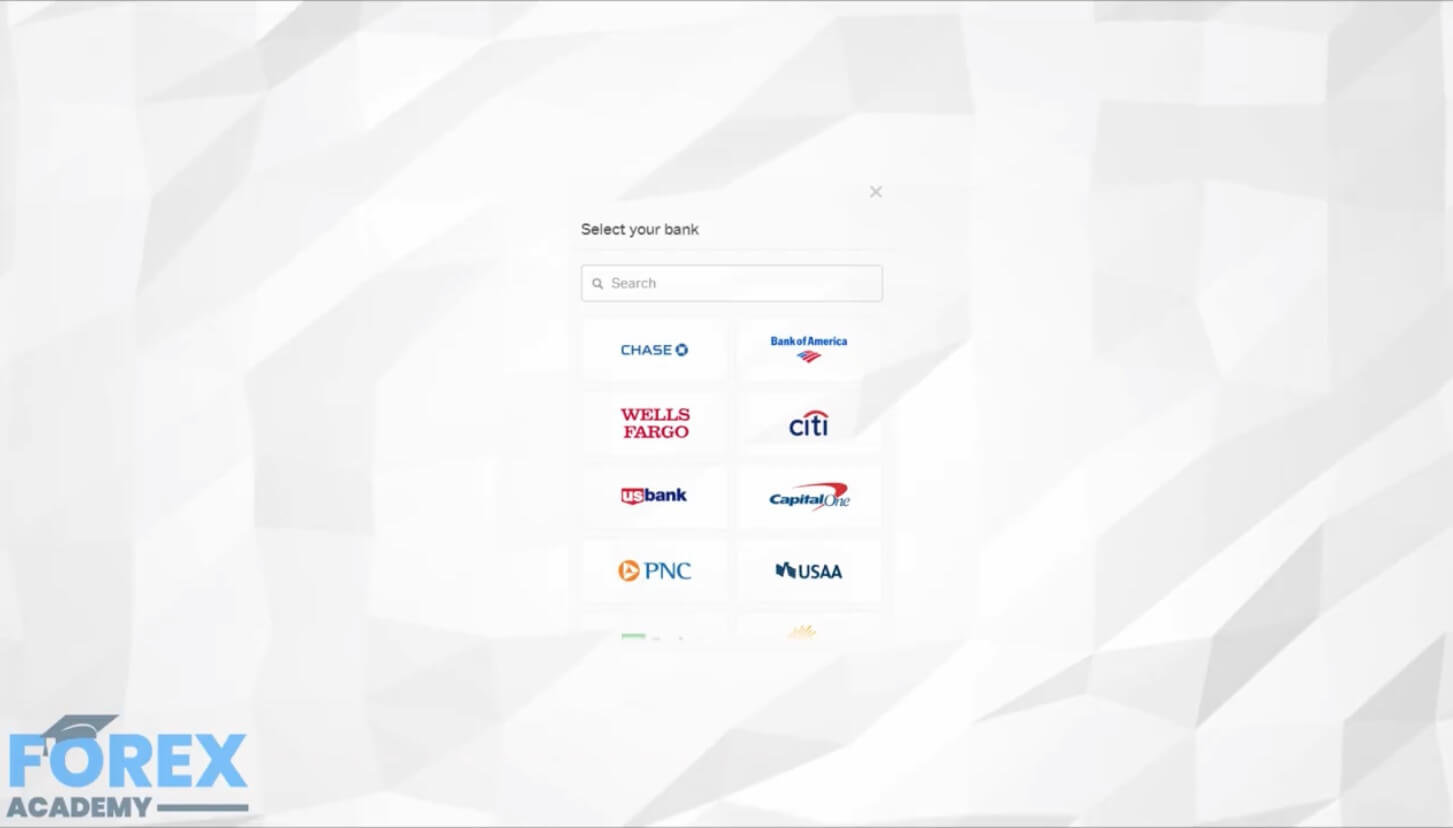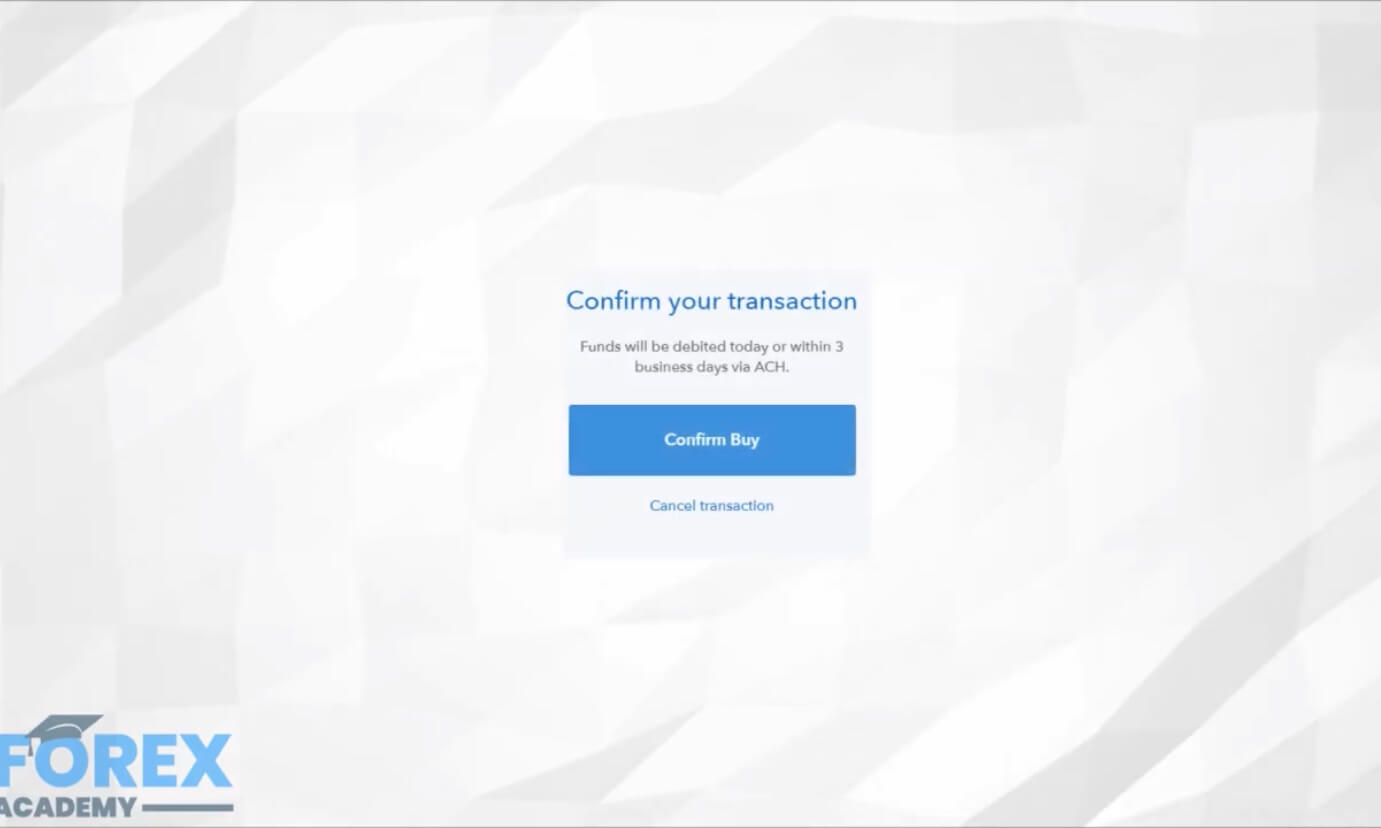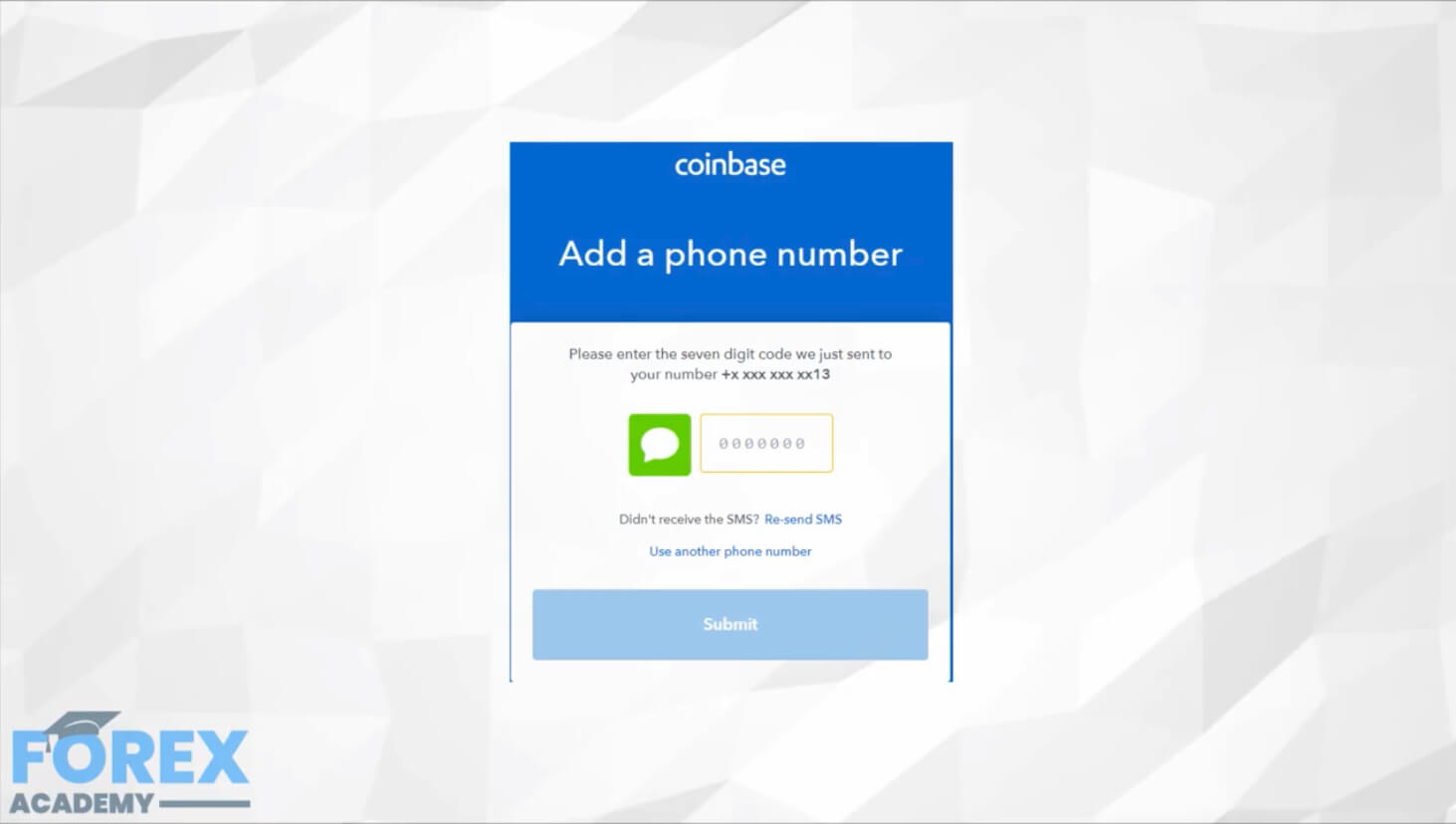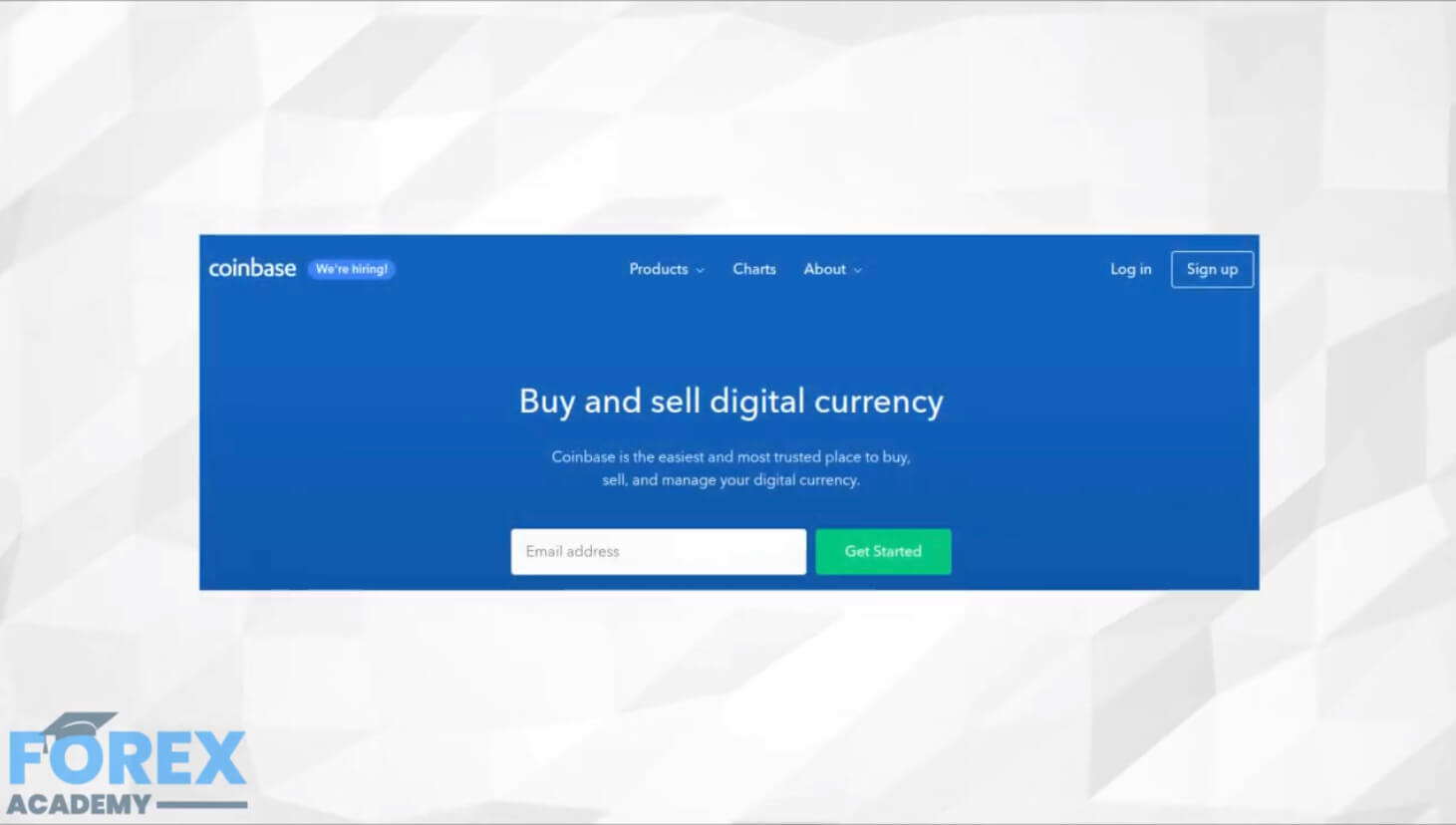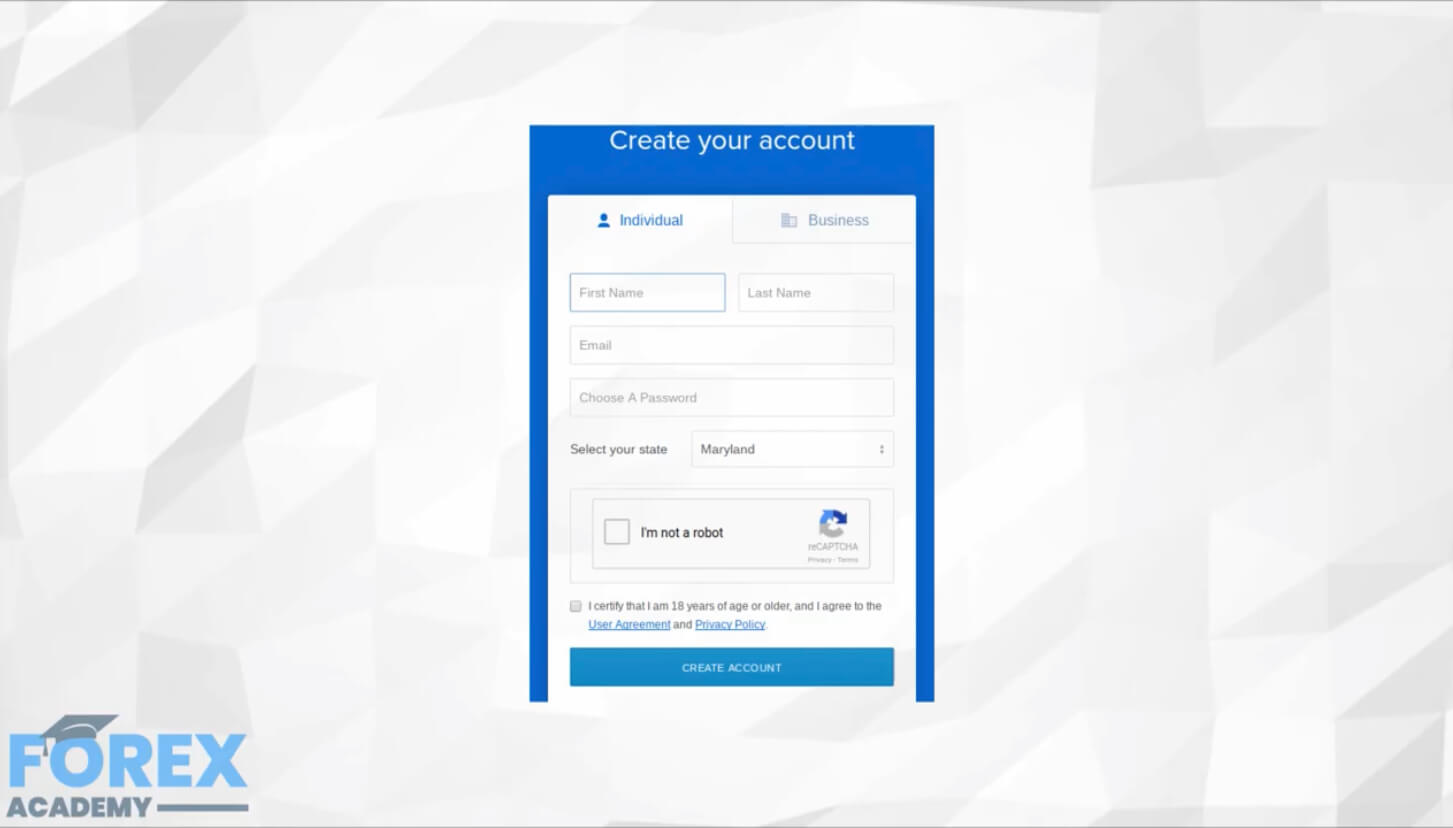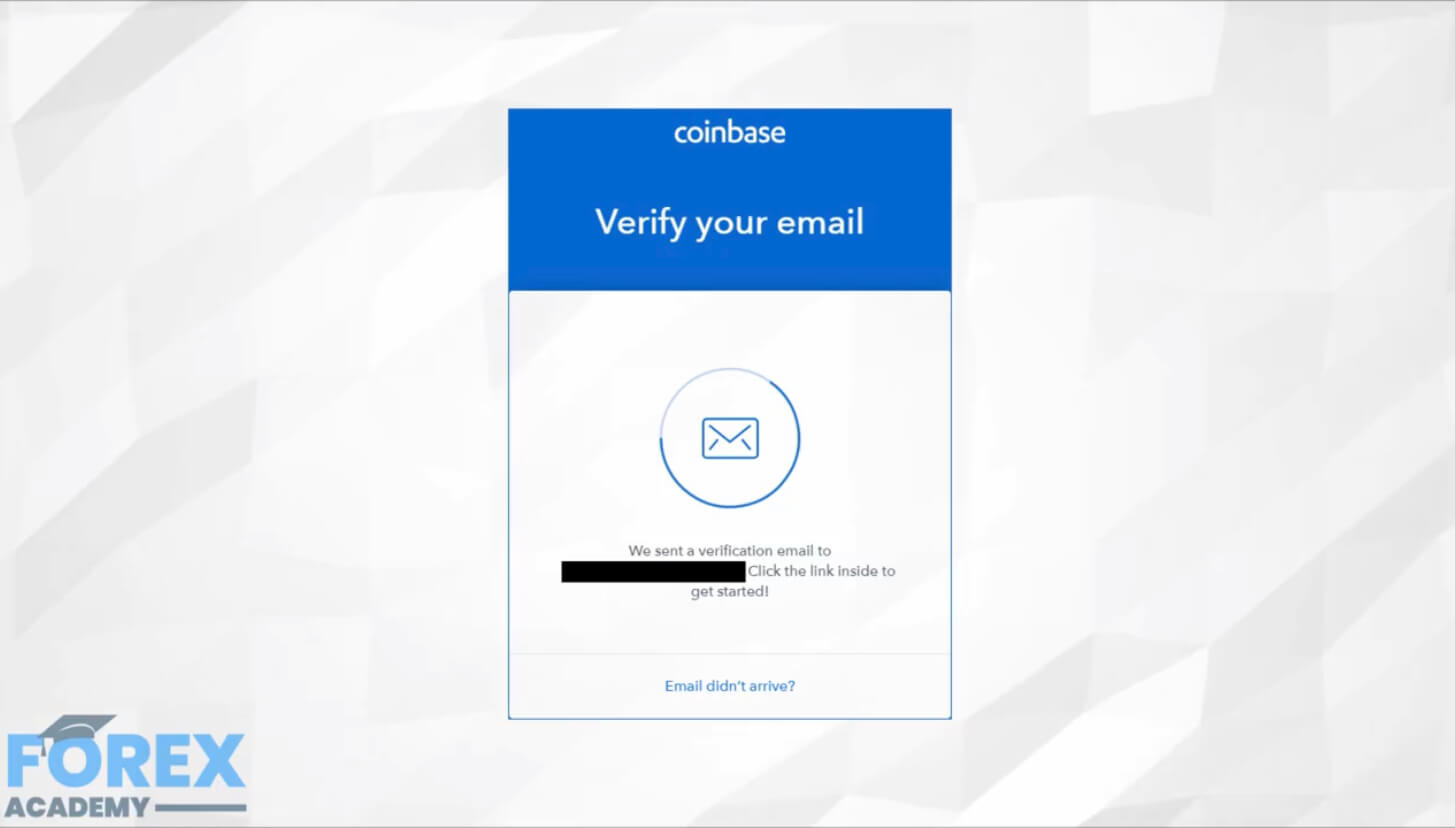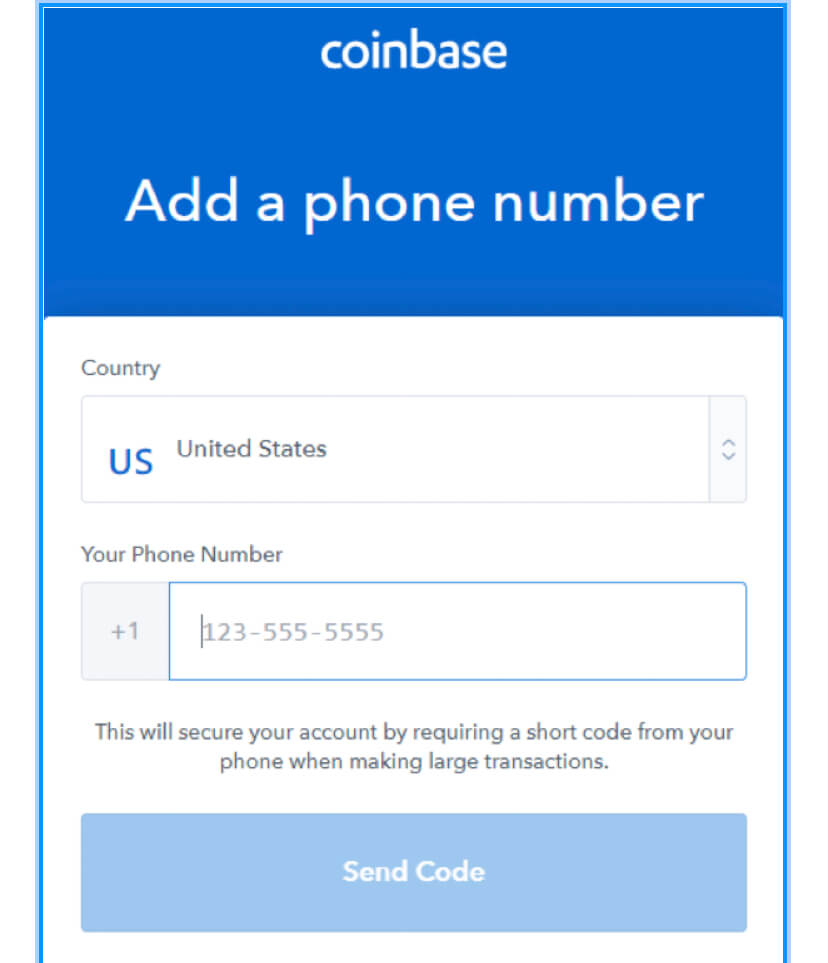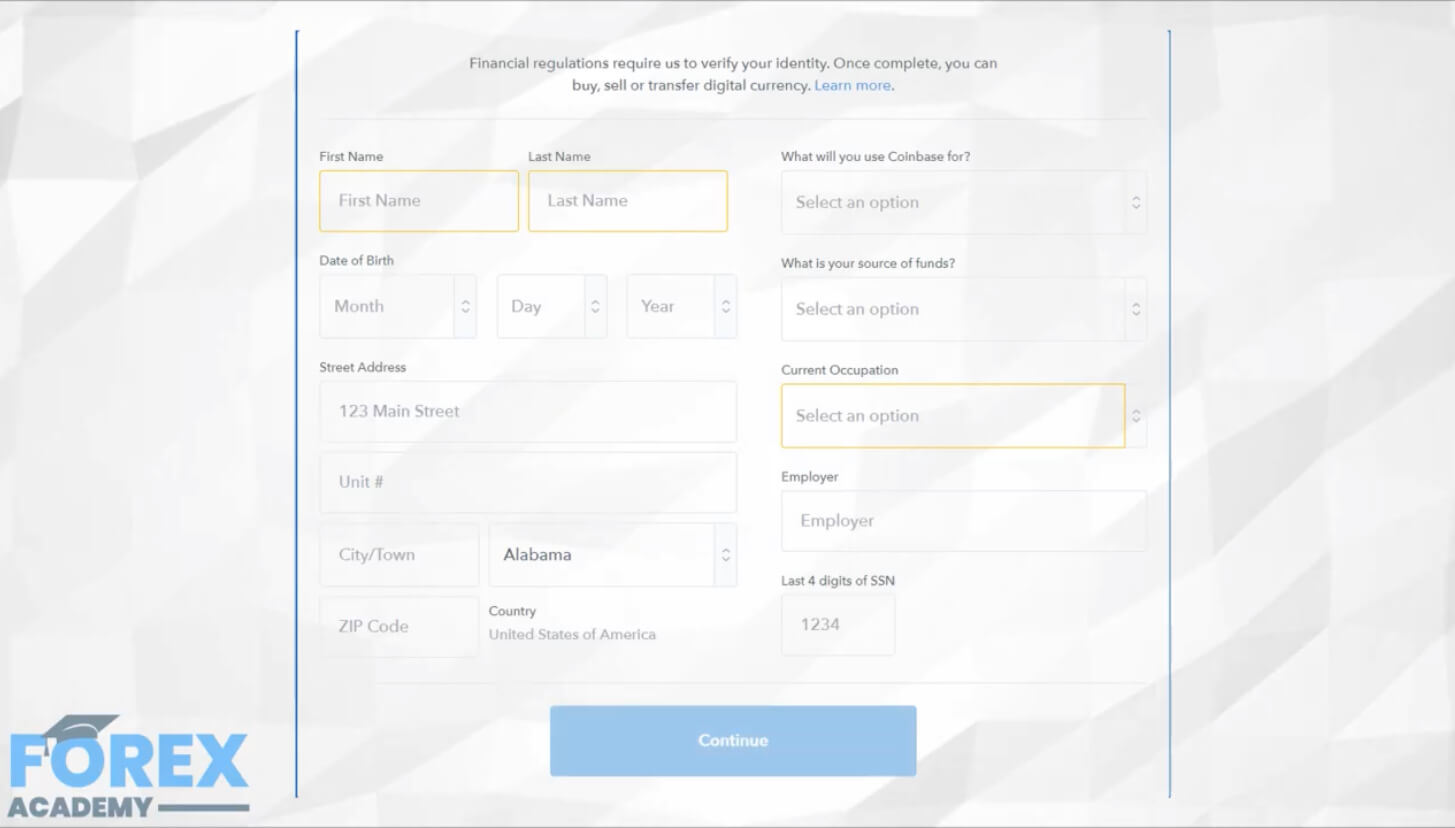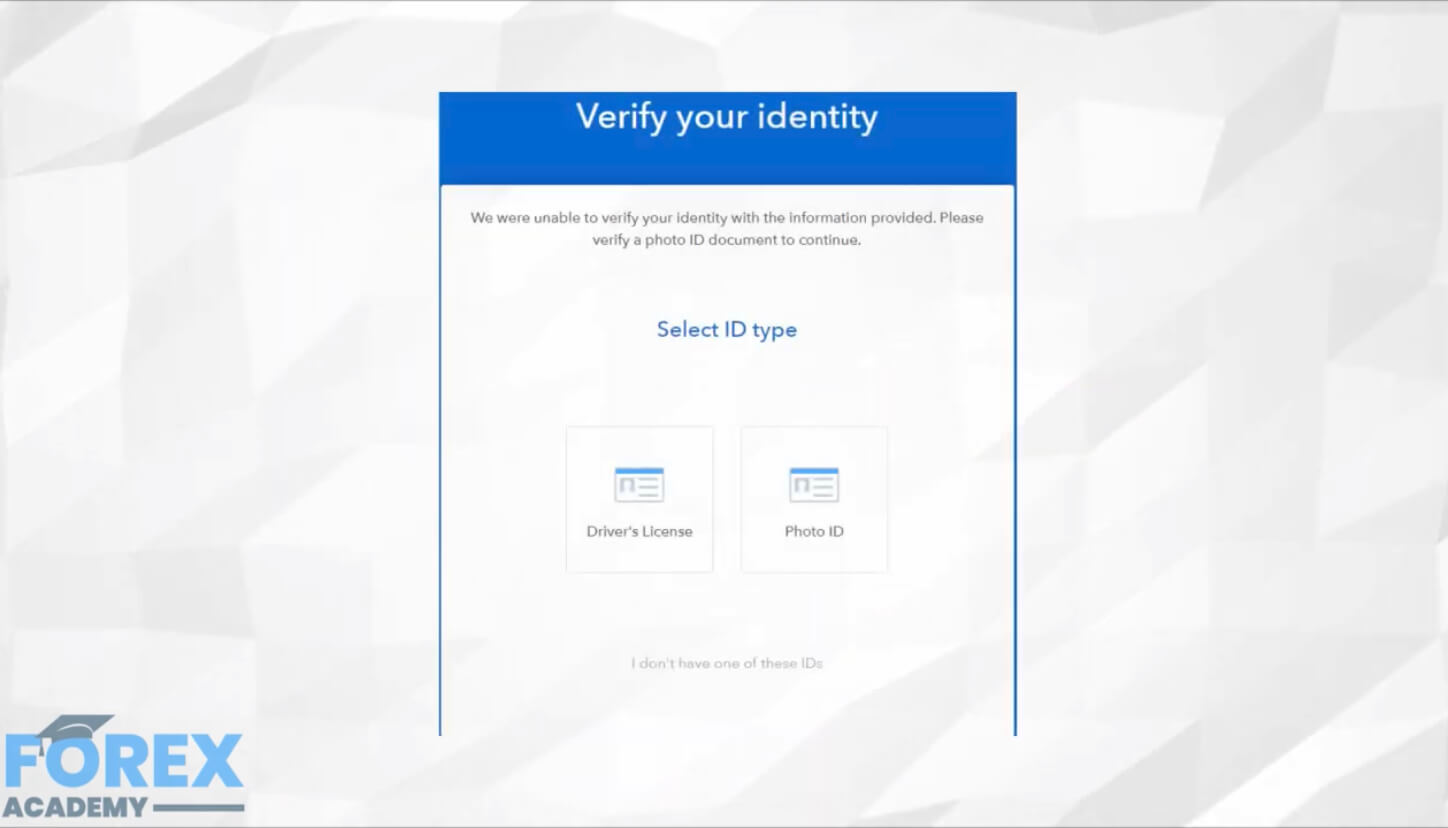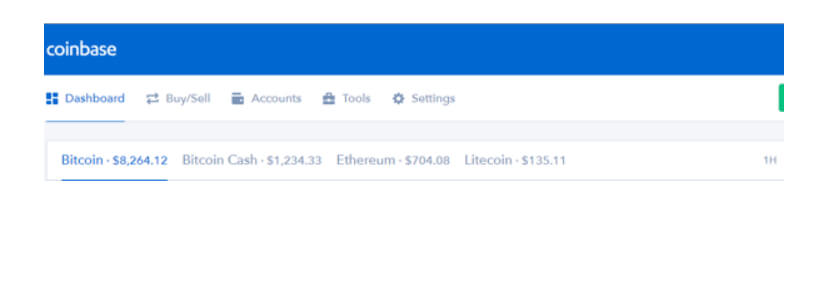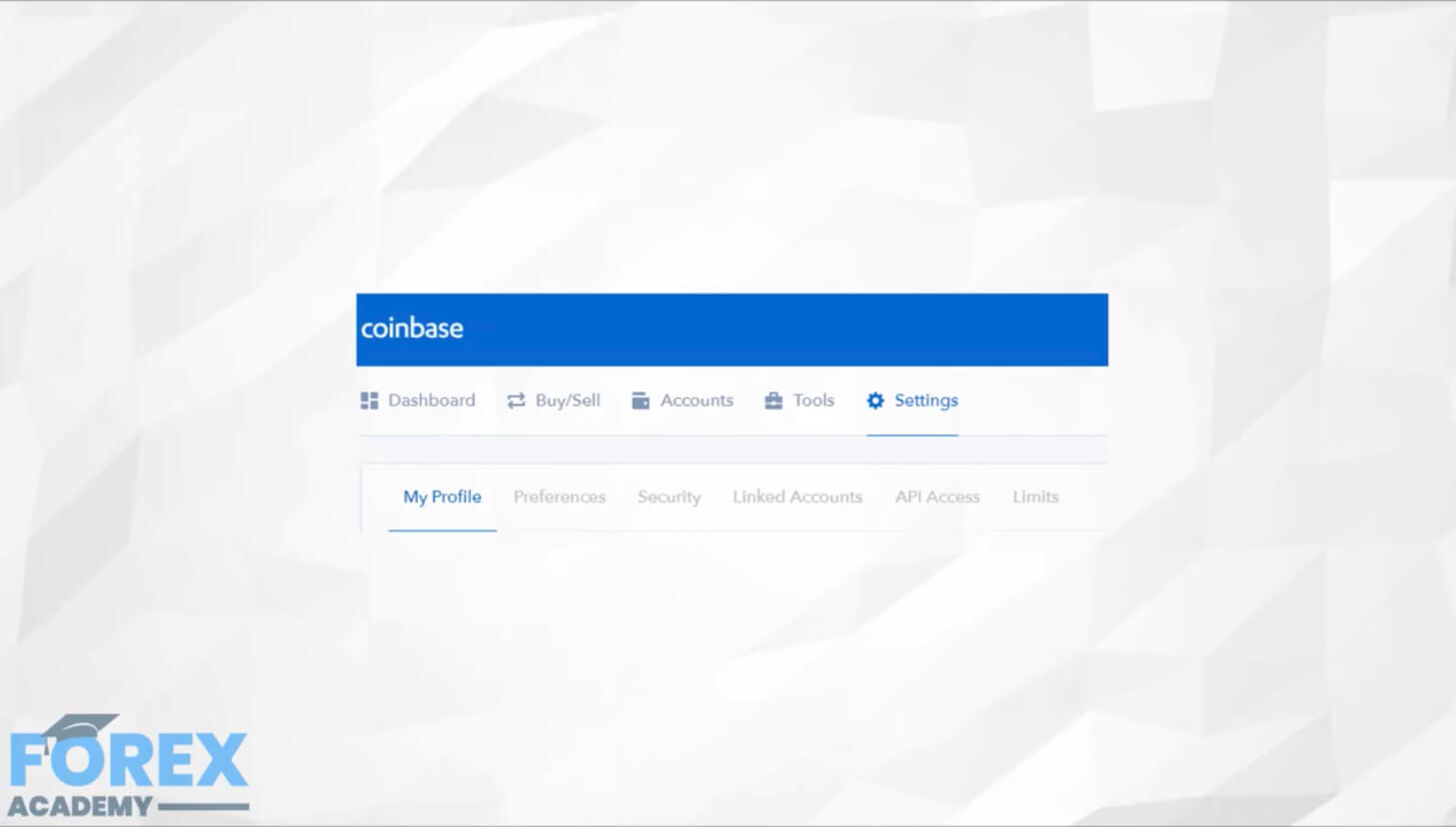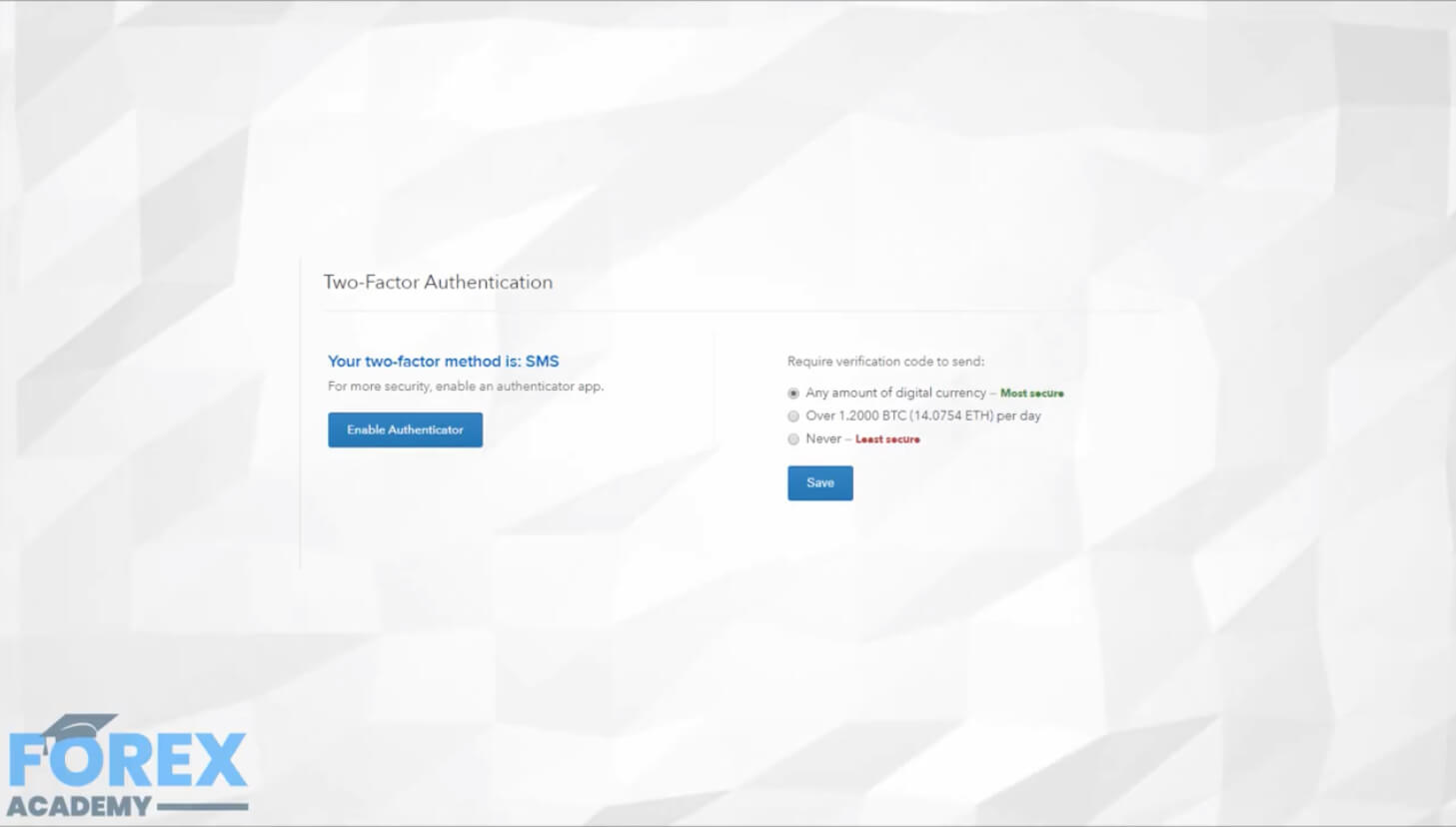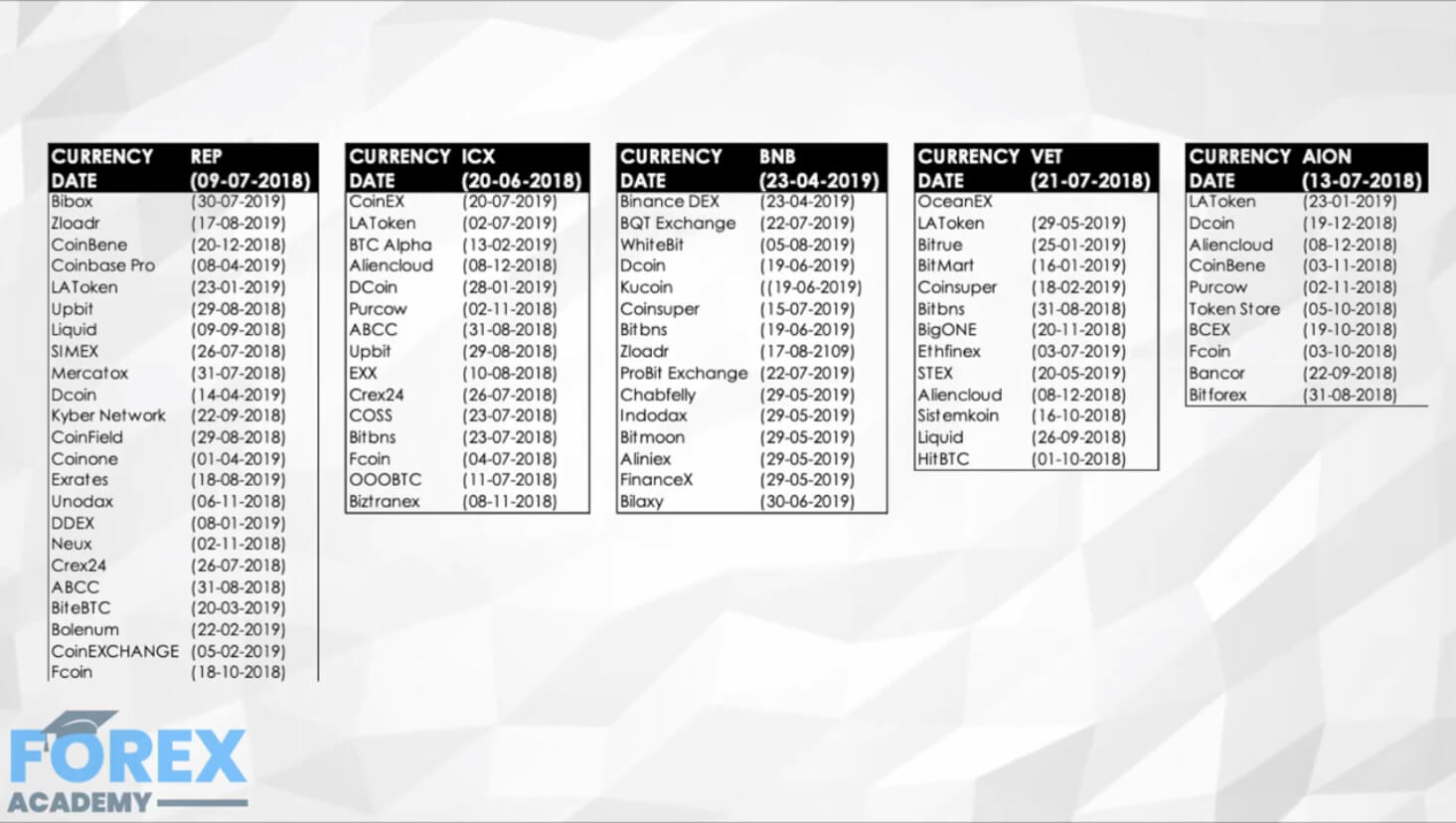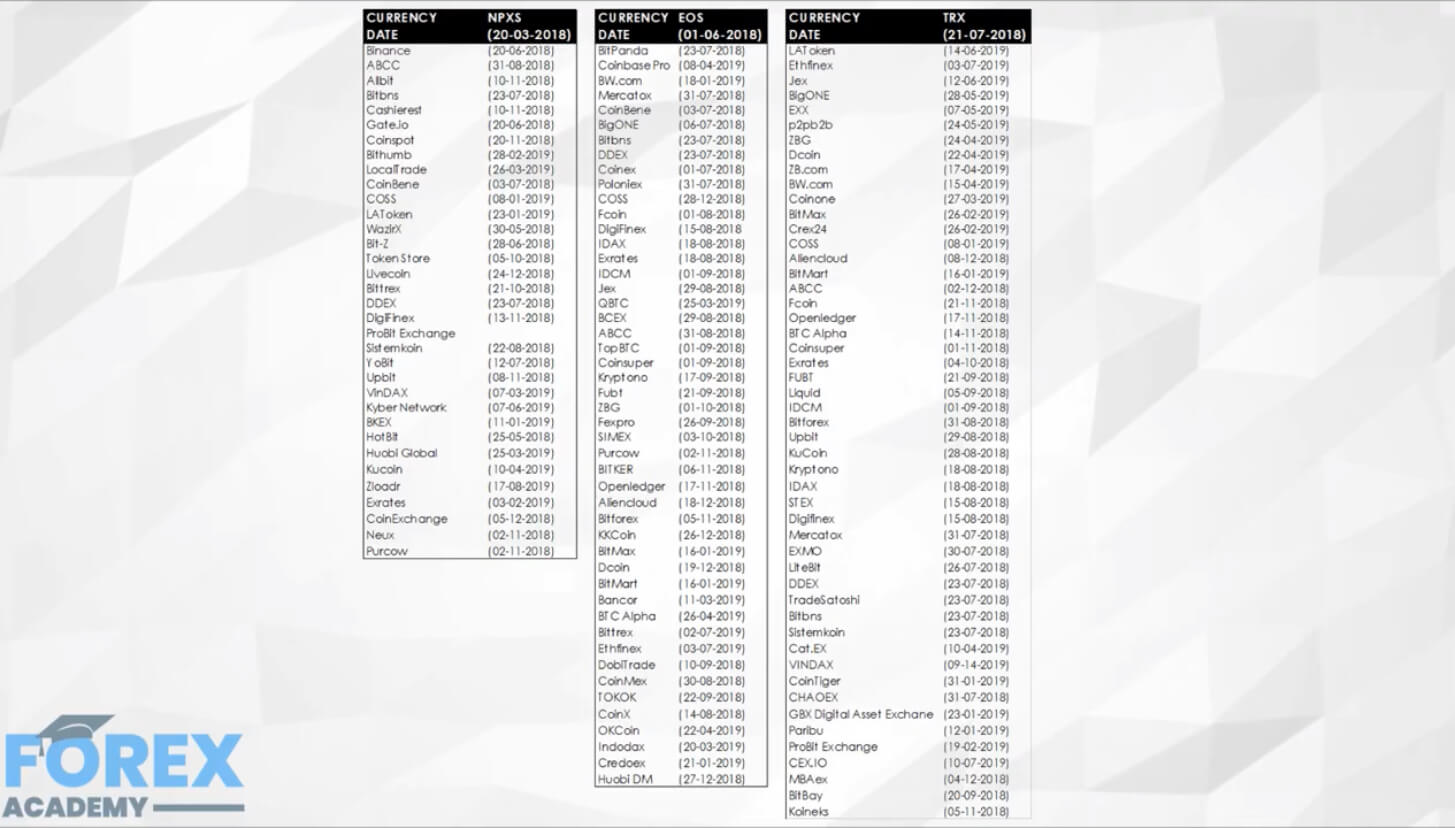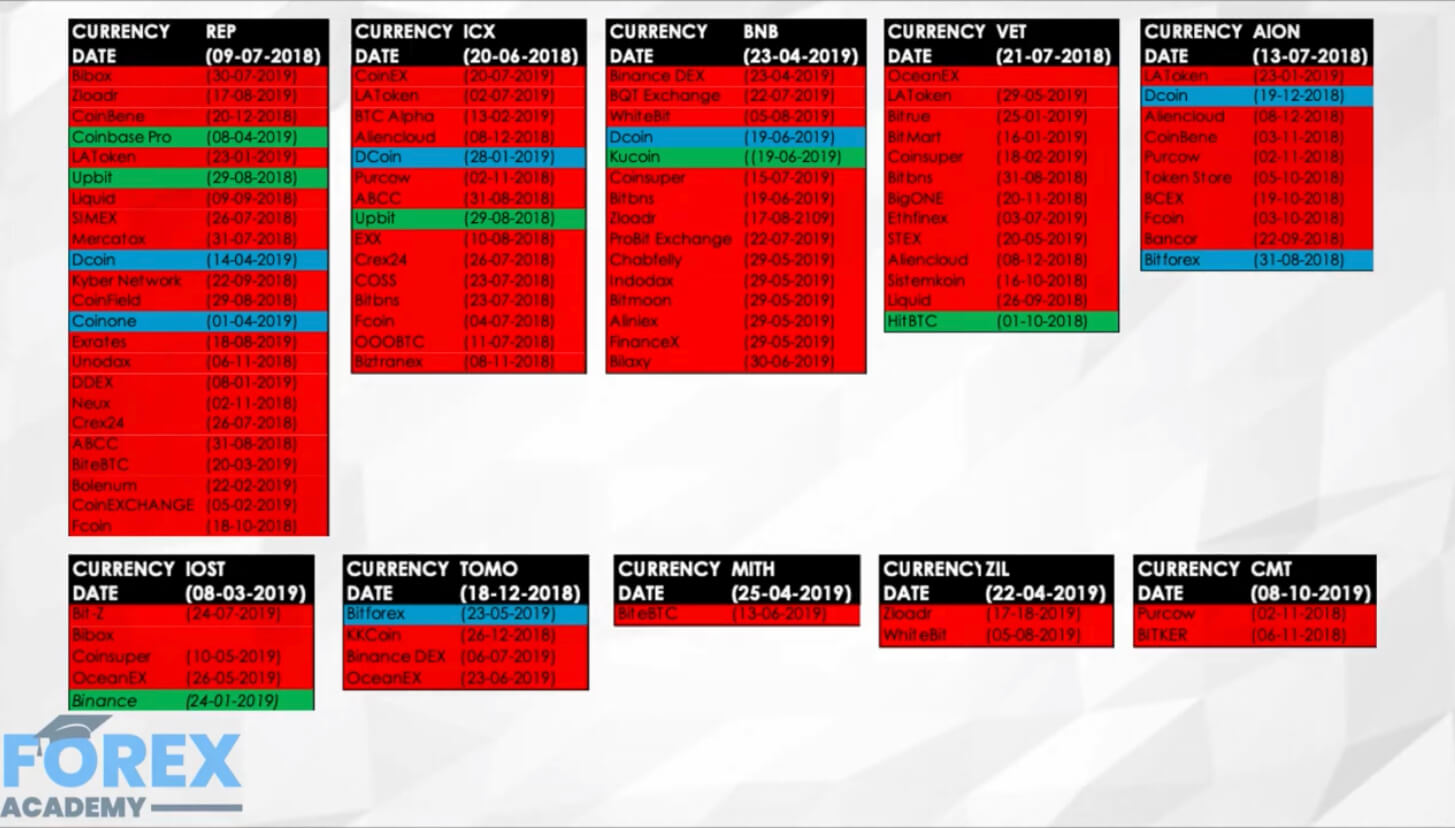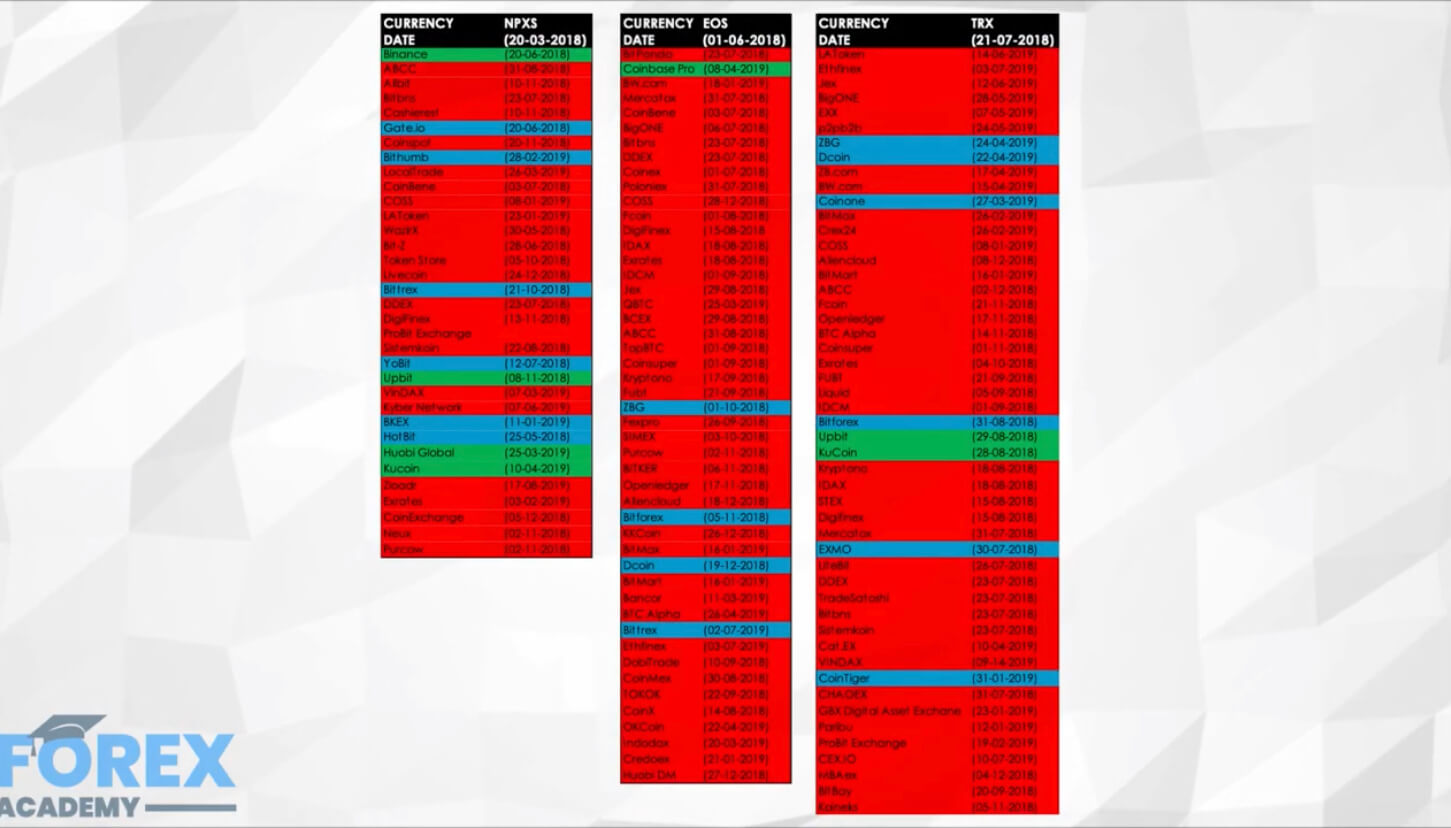Introduction
In this editorial we are going to discuss decentralized exchanges, why they exist or why are they going to exist, what are the advantages, what aren’t people still using them, and we will have an overview of the current projects that are striving to solve these problems.
Centralized exchanges
Let’s start off with explaining how normal (centralized exchanges) work and what’s their purpose. This will serve as an introduction to the problem which decentralized exchanges tend to solve.
Centralized exchanges act as a third party matchmaker between a buyer and a seller of an asset. They are useful because they provide liquidity. What is also important is that this process of trading is speeded up by the convenience of having an account in which you have you deposited funds, which are held by the exchange.
What is liquidity?
>Liquidity describes the degree to which an asset or security can be quickly bought or sold in the market without affecting the asset’s price.
Market liquidity refers to the extent to which a market, such as a country’s stock market or a city’s real estate market, allows assets to be bought and sold at stable prices. Cash is considered the most liquid asset, while real estate, fine art, and collectibles are all relatively illiquid.
Accounting liquidity measures the ease with which an individual or company can meet their financial obligations with the liquid assets available to them. There are several ratios that express accounting liquidity highlighted below.
Source: investopedia.com
The most popular examples of centralized cryptocurrency exchanges are: Coinbase, Kraken, Cex, Bitfinex, Poloniex…
In the cryptocurrency market exchanges are often divided into two types: fiat-crypto gateway (BTC/USD, ETH/USD, LTC/USD…) and altcoins (BTC/ZRX, BTC/DNT, ETH/ADA…)
This is important to point out because later we will discuss some common problems associated with decentralized exchanges (DEX) that are caused by these points.
Decentralized exchanges
Unlike centralized exchanges, DEXs aren’t owned by anyone. Instead, they are constructed on the same distributed ledger technology as Bitcoin and utilize smart contracts for order execution. This is important to point out, as this means that they do not hold funds for their beneficiaries or any other relevant information regarding the identity or location.
Some common examples are: Etherdelta, IDEX, Radar Relay.
Problem – Solution
Centralized exchanges are charging high fees, which is something cryptocurrencies strive to eliminate. They can be hacked which happened numerous time in the past. They have the ownership of your funds, which is something that’s not aligned with the advantages of cryptocurrencies in general (cryptos take pride in the part that people have control of their own money). Crypto-unfriendly governments can cut or ban their operations. For all the above reasons they are viewed as the weakest link in the cryptocurrency market ecosystem.
That’s why decentralized exchanges are offered as a solution to the listed problems. They cannot be hacked, they cannot be tampered with, they are censorship resistant and do not hold your funds.
While DEXs are more beneficial when it comes to security (from hackers and government interference), anonymity and cost, there are still great challenges that they need to overcome in order to compete with their centralized competition. They are still difficult to use for the common person, as you would have to be crypto/tech savvy; they are somewhat limited in functionality and/or limited on the type of a cryptocurrency (for example only ERC20 tokens), and most importantly they don’t guarantee liquidity.
Having liquidity and a large trading volume is most important because we as traders are all about fast execution. And if you have to wait for hours for your order to get filled, by the time you might get fill you aren’t potentially looking at a good buy or sell opportunity.
Because of this, DEXs haven’t been much used, compared to their centralized counterpart. But there are projects out there that are going to solve that problem as well. In the following paragraphs, we will review most promising DEX projects.
0x Protocol
0x is a protocol. That means it serves as a layer on top of the Ethereum blockchain for actually building decentralized exchange applications. They describe in their whitepaper that 0x is “a protocol that facilitates low friction peer-to-peer exchange of ERC20 tokens on the Ethereum blockchain. The protocol is intended to serve as an open standard and common building block, driving interoperability among decentralized applications (dApps) that incorporate exchange functionality. Trades are executed by a system of Ethereum smart contracts that are publicly accessible, free to use and that any dApp can hook into. DApps built on top of the protocol can access public liquidity pools or create their own liquidity pool and charge transaction fees on the resulting volume.”
OmiseGo
OmiseGO is a project that incorporates many things, but having in mind the focus of this editorial we are going to point out their dex platform.
“OmiseGO is building a decentralized exchange, liquidity provider mechanism, clearinghouse messaging network, and asset-backed blockchain gateway. OmiseGO is not owned by any single one party. Instead, it is an open distributed network of validators which enforce behavior of all participants. It uses the mechanism of a protocol token to create a proof-of-stake blockchain to enable enforcement of market activity amongst participants. This high-performant distributed network enforces exchange across asset classes, from fiat-backed issuers to fully decentralized blockchain tokens (ERC-20 style and native cryptocurrencies). Unlike nearly all other decentralized exchange platforms, this allows for decentralized exchange of other blockchains and between multiple blockchains directly without a trusted gateway token.”
Source: OmiseGO whitepaper
Airswap
Airswap is similar to 0x in a sense that it will allow users to exchange only ERC20 tokens, and in a sense that it’s a consensus project. The difference is that the transaction on Airswap happens off the chain.
“We present a peer-to-peer methodology for trading ERC20 tokens on the Ethereum blockchain. First, we outline the limitations of blockchain order books and offer a strong alternative in peer-to-peer token trading: off-chain negotiation and on-chain settlement. We then describe a protocol through which parties are able to signal to others their intent to trade tokens. Once connected, counterparties freely communicate prices and transmit orders among themselves. During this process, parties may request prices from an independent third party oracle to verify accuracy. Finally, we present an Ethereum smart contract to fill orders on the Ethereum blockchain.”
Source: Airswap whitepaper
Kyber Network
Kyber network is my favorite project as they tend to emulate the exact same functionalities and user experience as centralized exchanges.
We design and build KyberNetwork, an on-chain protocol which allows instant exchange and conversion of digital assets (e.g. crypto tokens) and cryptocurrencies (e.g. Ether,
Bitcoin, ZCash) with high liquidity. KyberNetwork will be the first system that implements several ideal operating properties of an exchange including trustless, decentralized execution, instant trade and high liquidity.
The only thing that’s different is that they don’t have the order book in order to finally solve the liquidity issue.
Instead of maintaining a global order book, we maintain a reserve warehouse which holds an appropriate amount of crypto tokens for purposes of maintaining exchange liquidity. The reserve is directly controlled by the Kyber contract, and the contract has a conversion rate for each exchange pair of tokens by fetching from all the reserves. The rates are frequently updated by the reserve managers, and Kyber contract will select the best rate for the users. When a request to convert from token A to token B arrives, the
Kyber contract checks if the correct amount of token A has been credited to the contract, then sends the corresponding amount of token B to the sender’s specified address. The
amount of token A, after the fees, is credited to the reserve that provides the token B.
Source: Kyber Network whitepaper
Conclusion
Having experienced these problems of centralized exchanges early on, cryptocurrency ecosystem has already come up with the solution – decentralized exchange applications. They are still far from perfect but as you can see from these promising examples, some major obstacles are already being solved as well. First generation failed but offered a great insight on how and where to look for progress. That’s the beauty of the free market – problems are being solved and those who can’t compete are left behind.
Final note
The greatest threat of centralized exchanges aren’t the reasons I’ve listed. The greatest power centralized exchanges have is maker manipulation. They collect so many cryptos through fee’s that they can manipulate the price in many ways. They also have awareness of the order book flow that they can use to their advantage.
Something like that happened on October 8. last year on Bittrex exchange. Even though they denied the accusations of market manipulation, the research done by The CryptoSyndicate Research Lab paint a different story.
For more check out the original post:
https://thecryptosyndicate.com/opinion-bittrex-anomaly/
In the spirit of decentralization which cryptocurrencies carry and promise, in order to achieve taking power back from centralized entities, decentralized exchanges are emerging widely. It is up to us to choose what’s best for us, so I have not doubt in my mind that DEXs will become a new standard in the near future, but only after they offer easy user experience and liquidity.
Having said that, and having in mind the projects that are already out there, “near future” may be sooner than we think.
©Forex.Academy
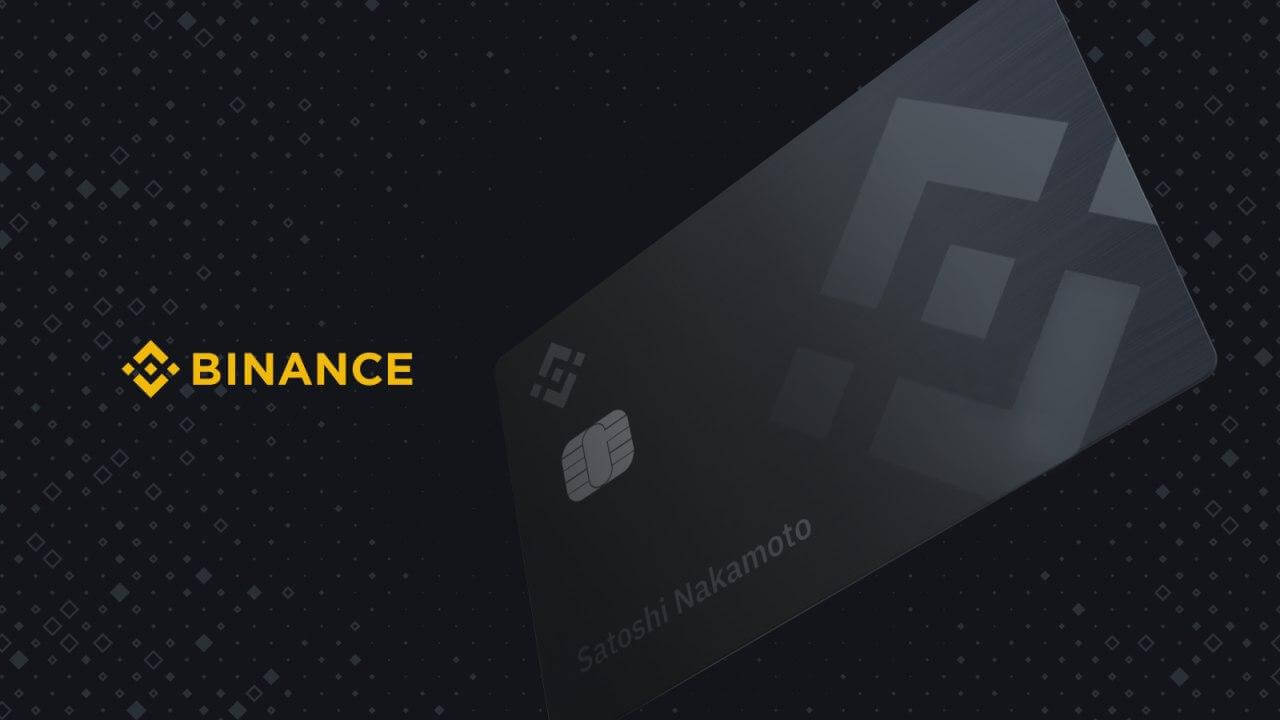

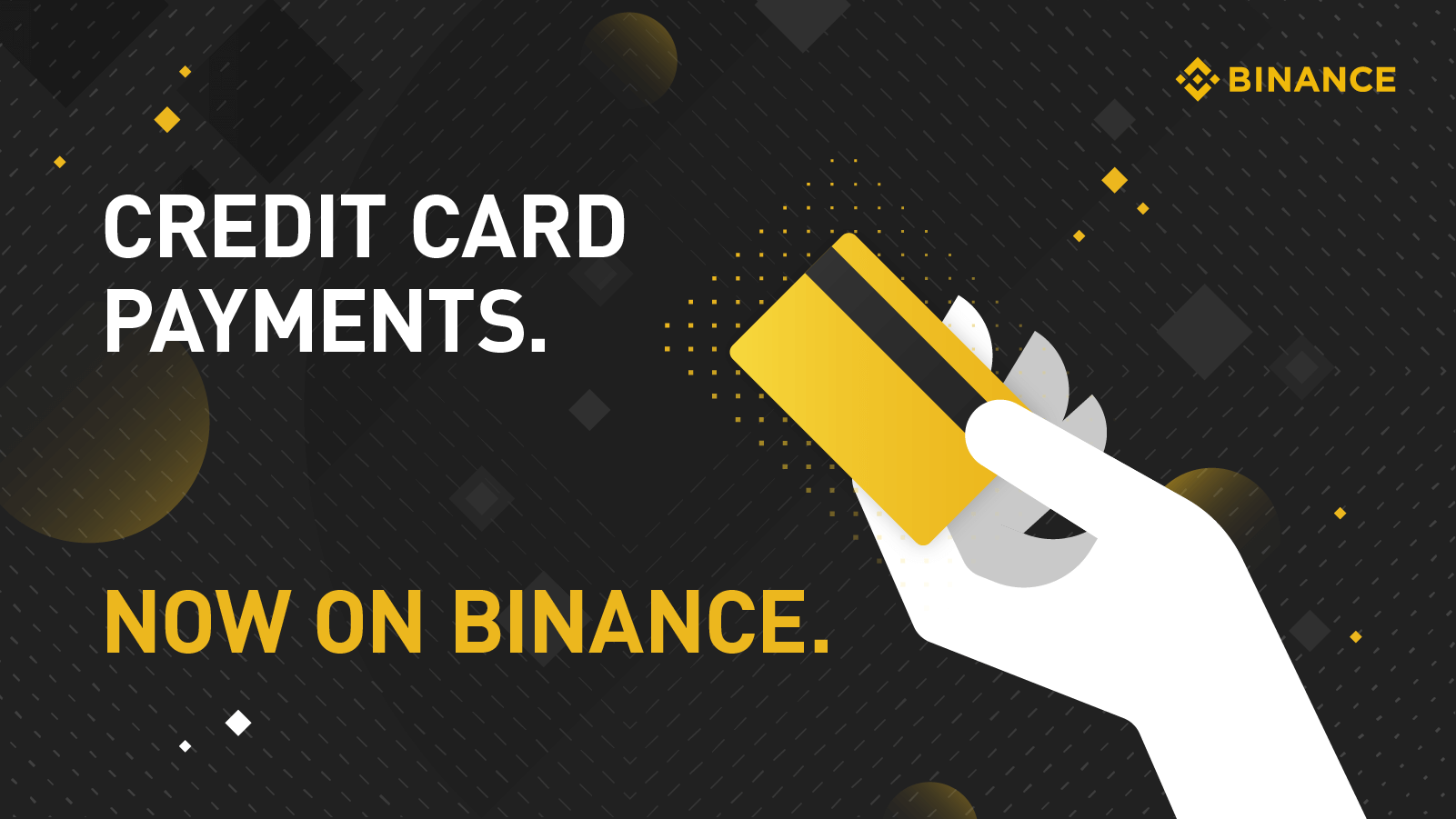

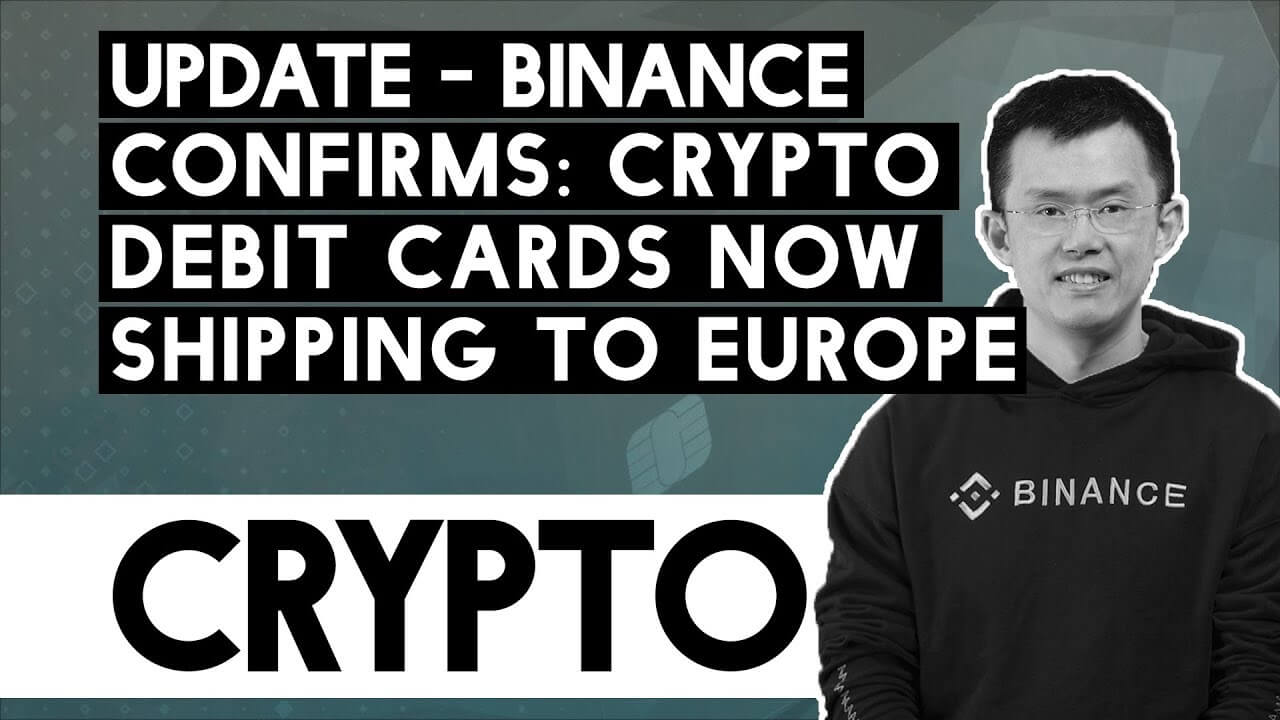
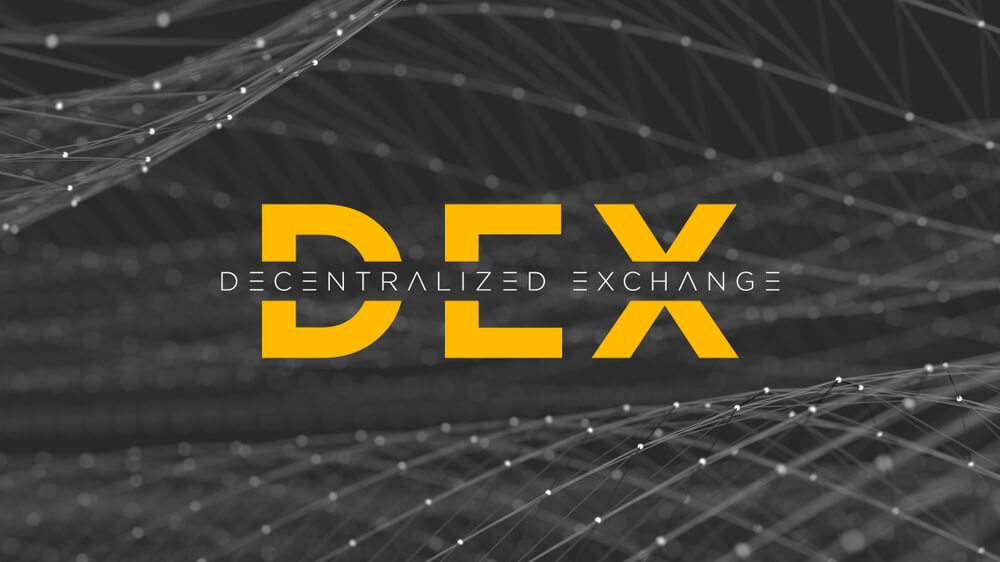

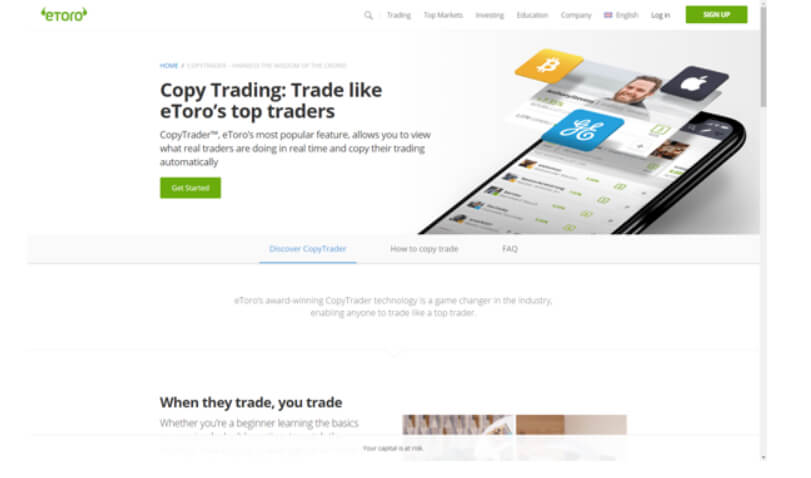
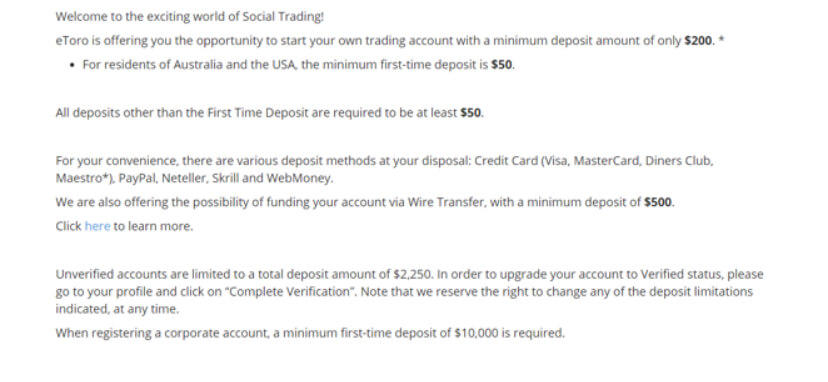
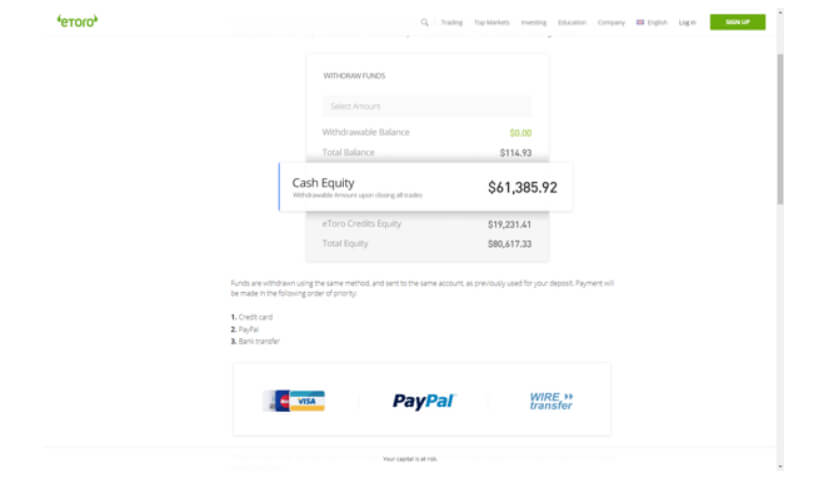



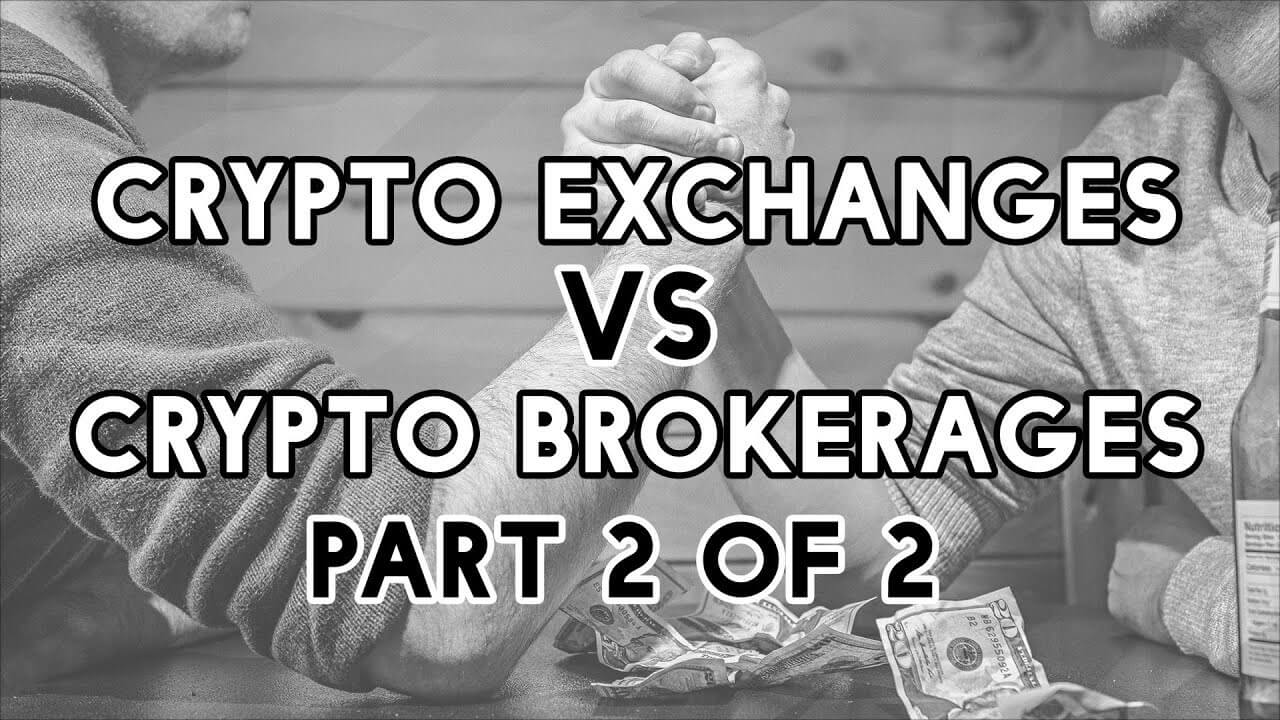




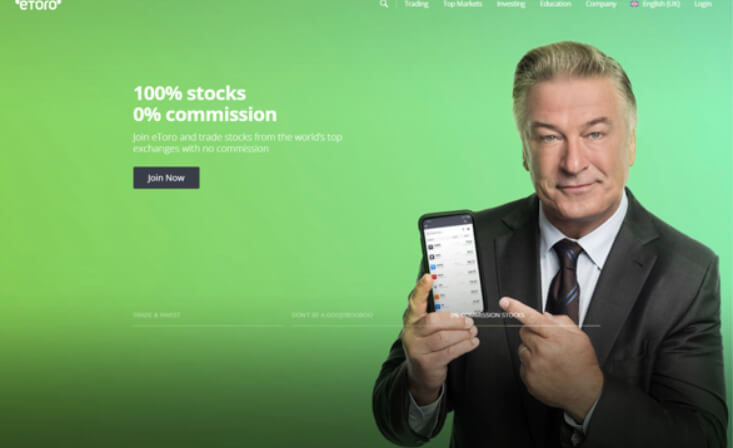
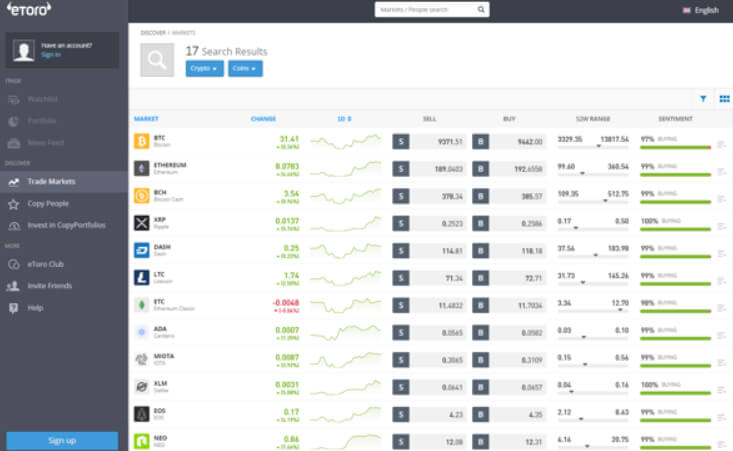

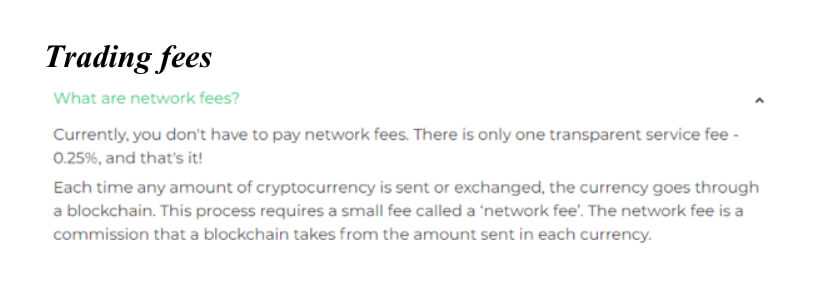

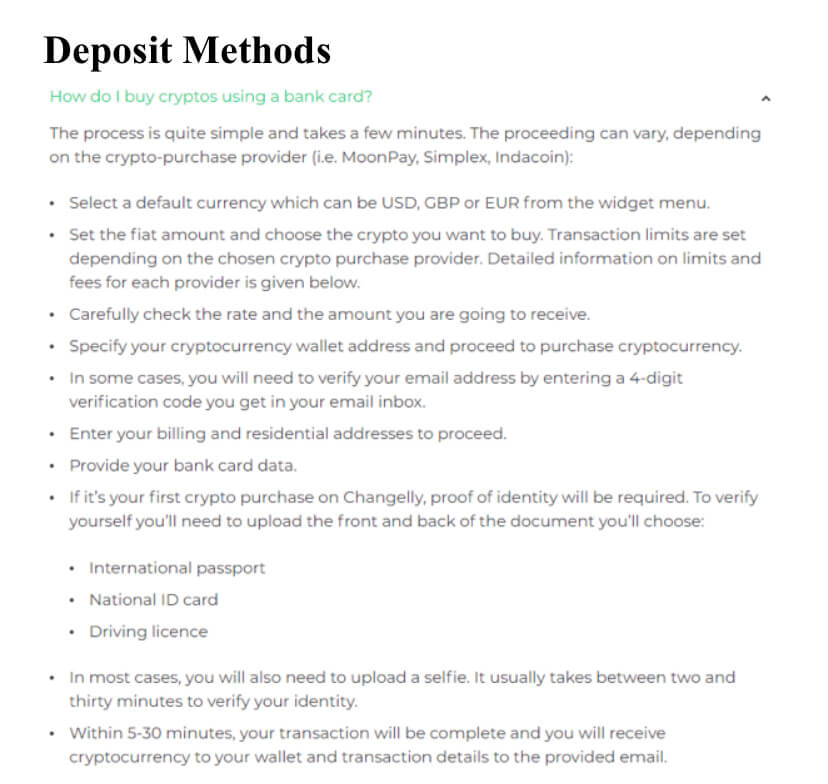
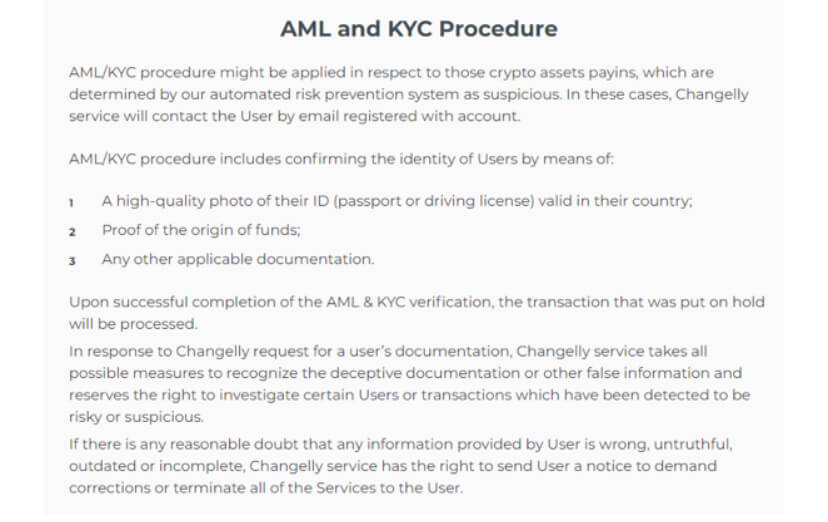
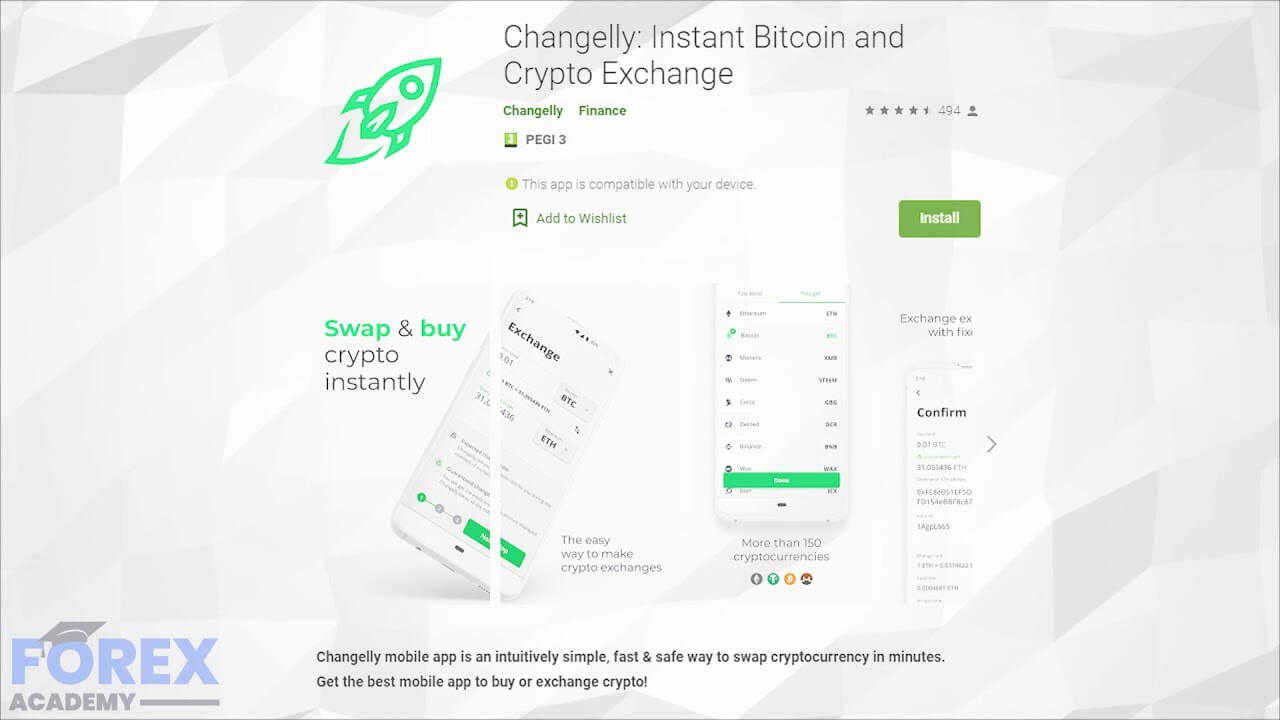
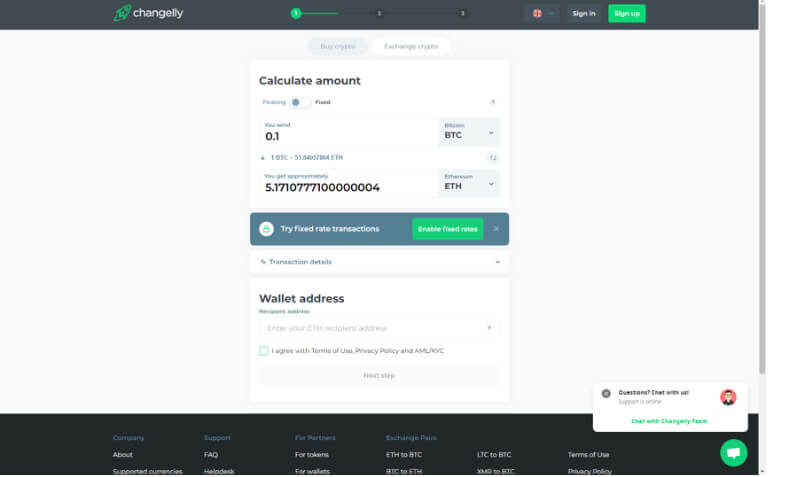

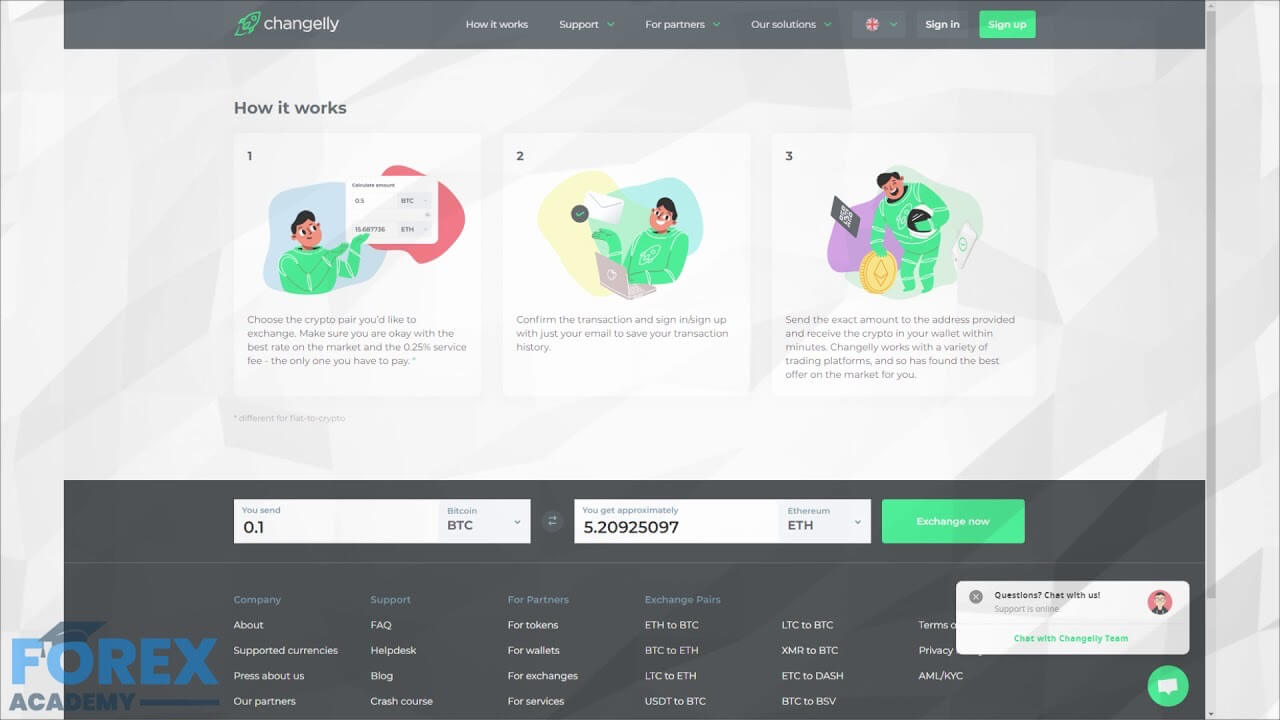
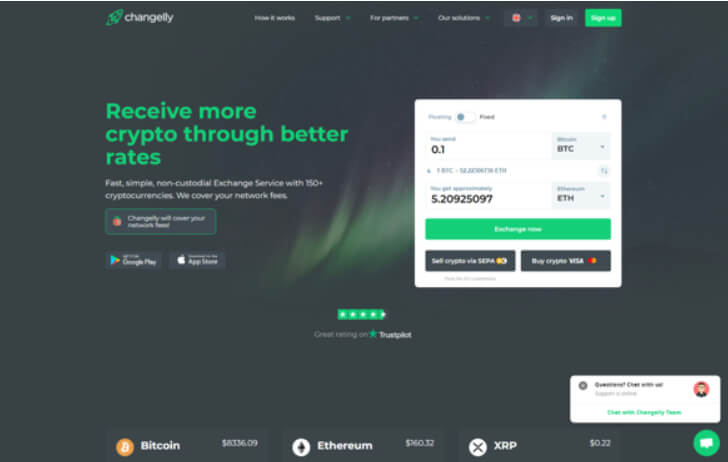 Changelly is not an exchange like the others. This platform is an instant crypto exchange that started operating in 2015. While it was previously headquartered in the Czech Republic, it is now based in Hong Kong. It also has offices around the world, including Malta, Great Britain, and Brazil.
Changelly is not an exchange like the others. This platform is an instant crypto exchange that started operating in 2015. While it was previously headquartered in the Czech Republic, it is now based in Hong Kong. It also has offices around the world, including Malta, Great Britain, and Brazil.